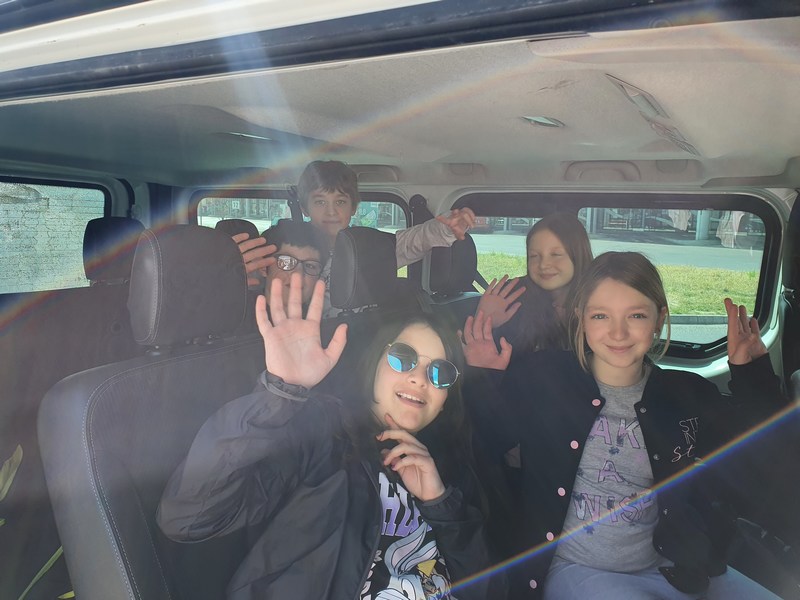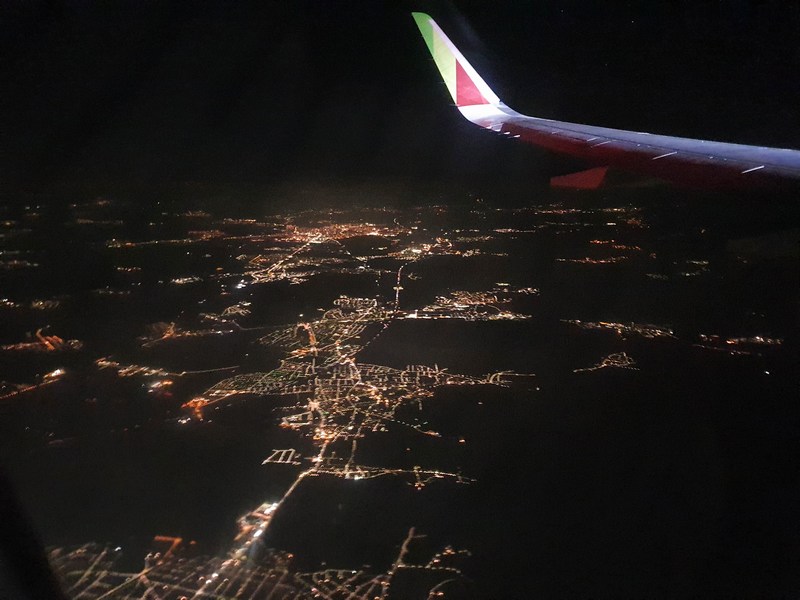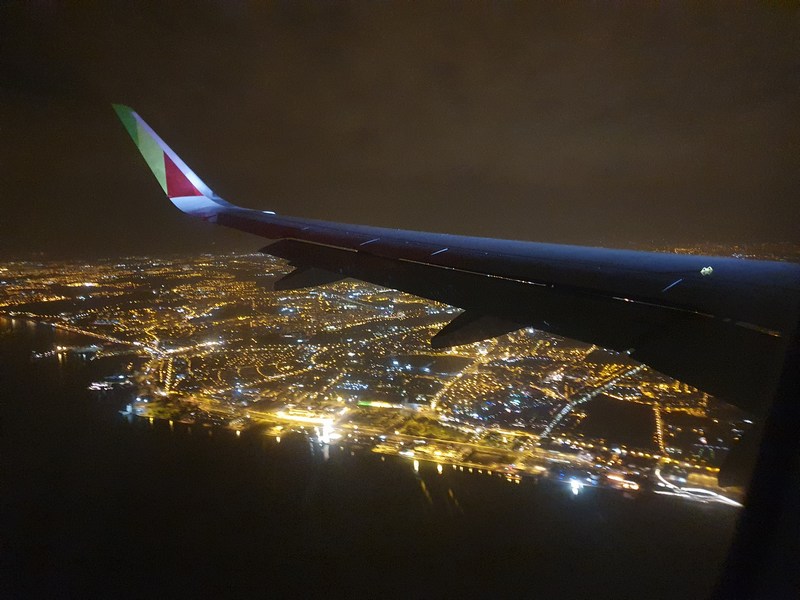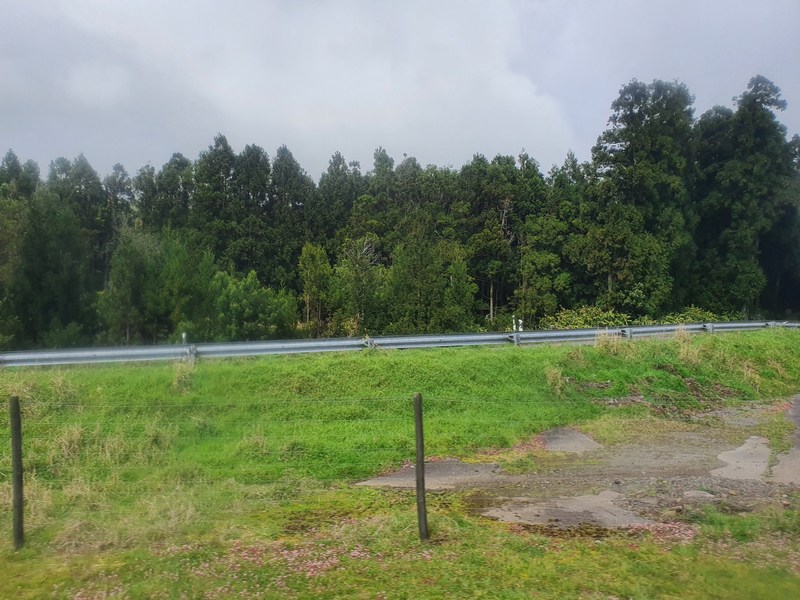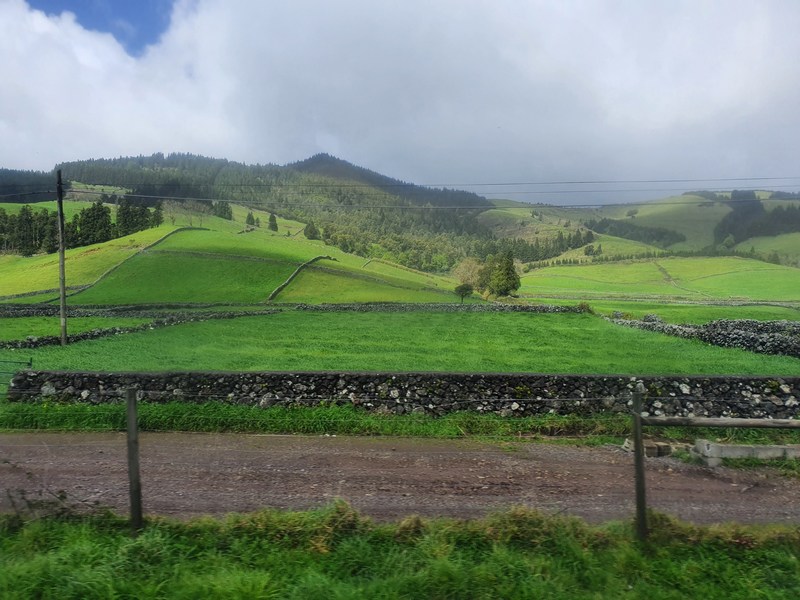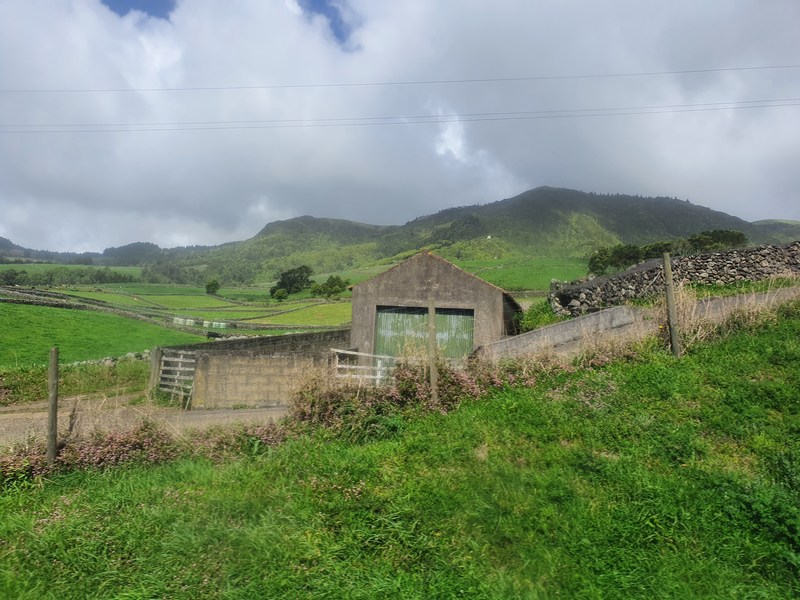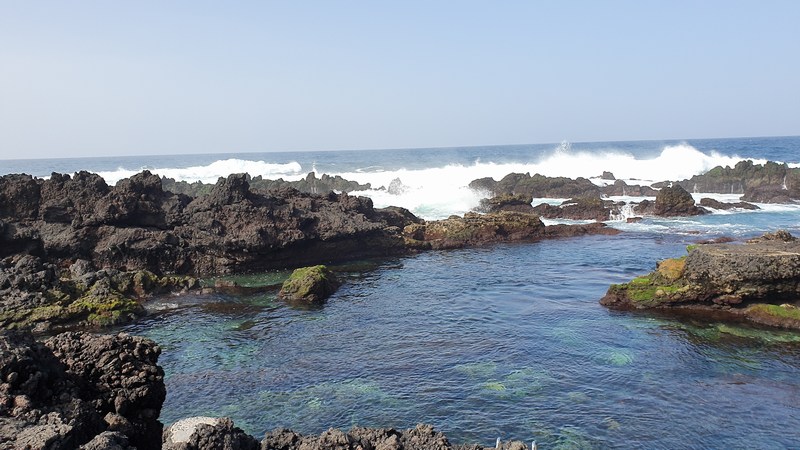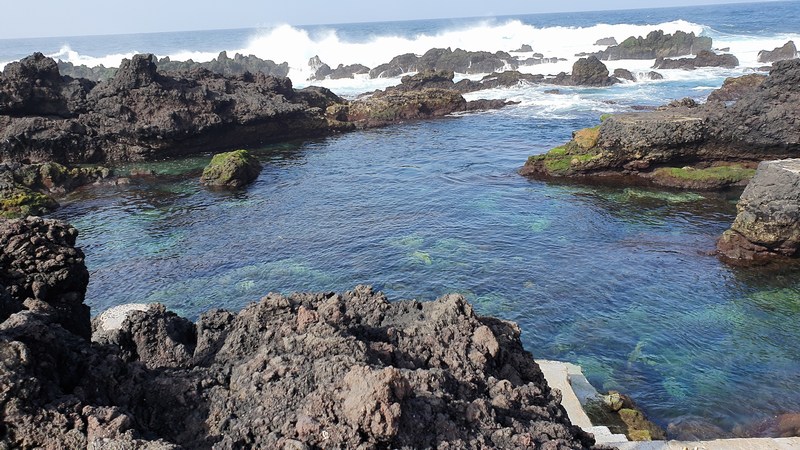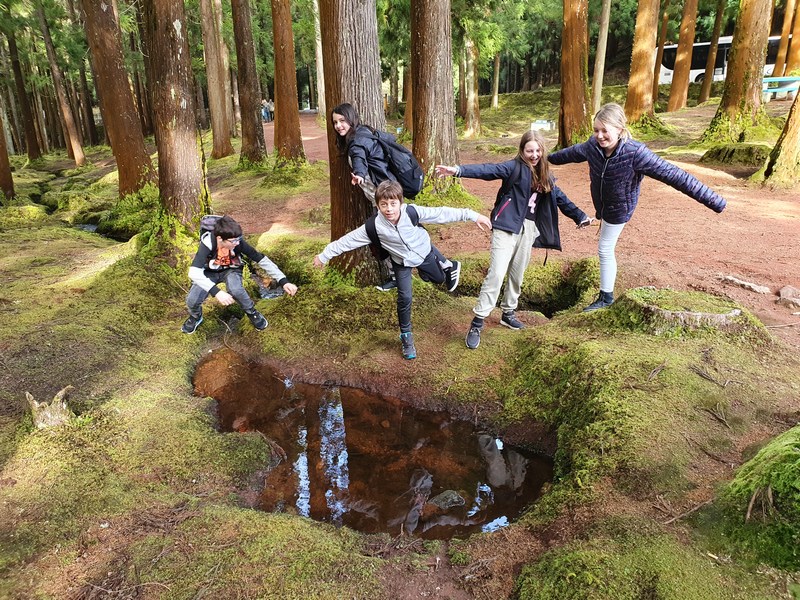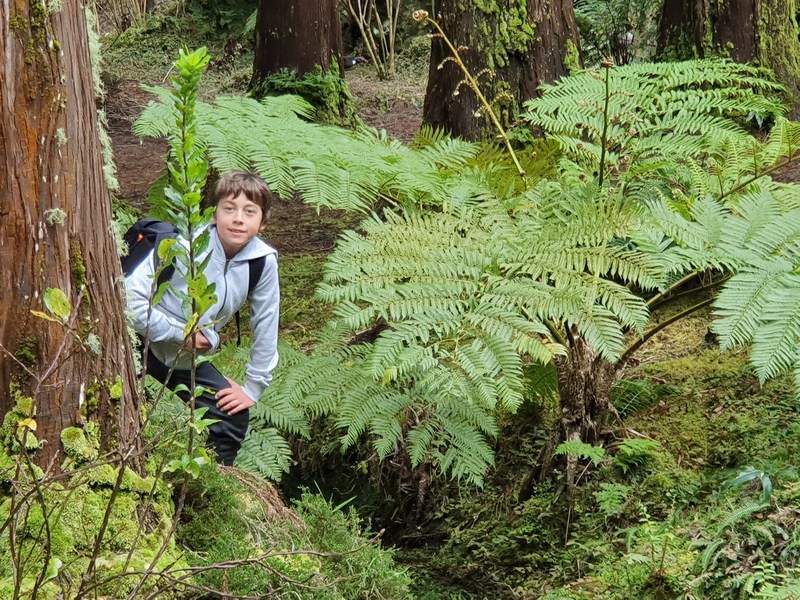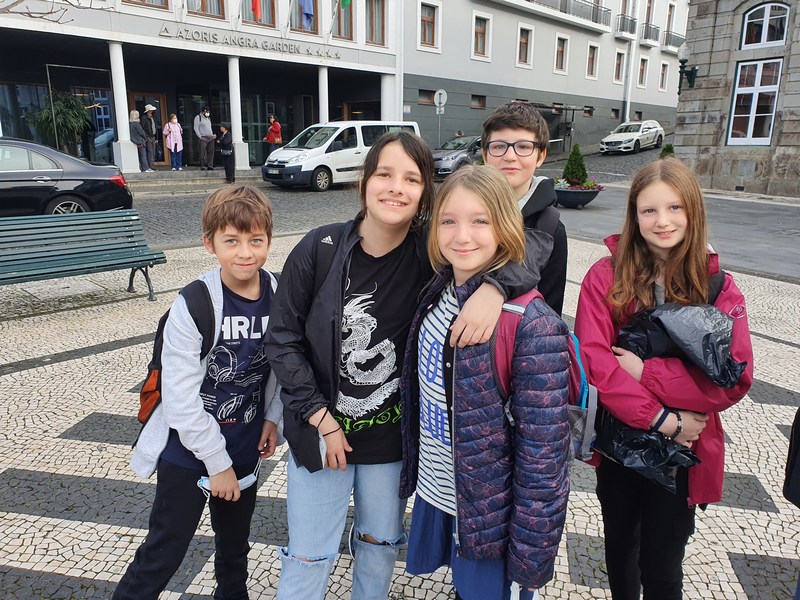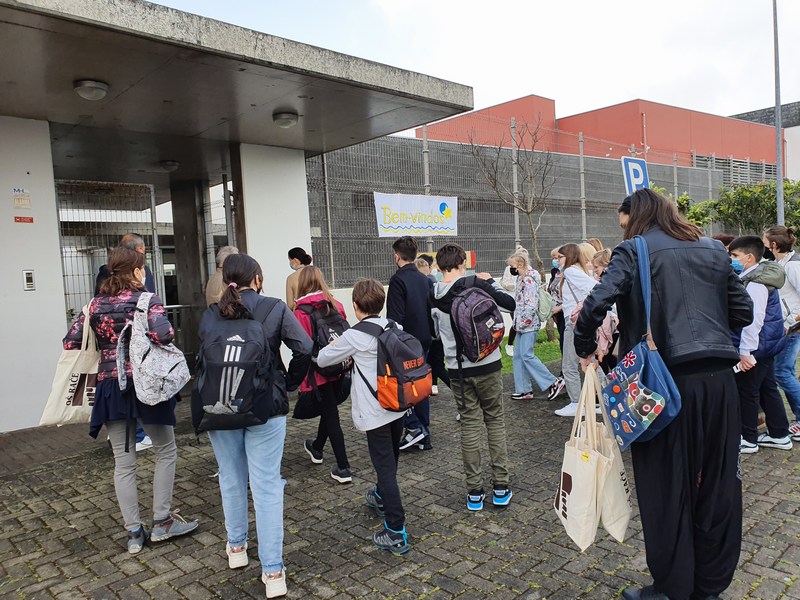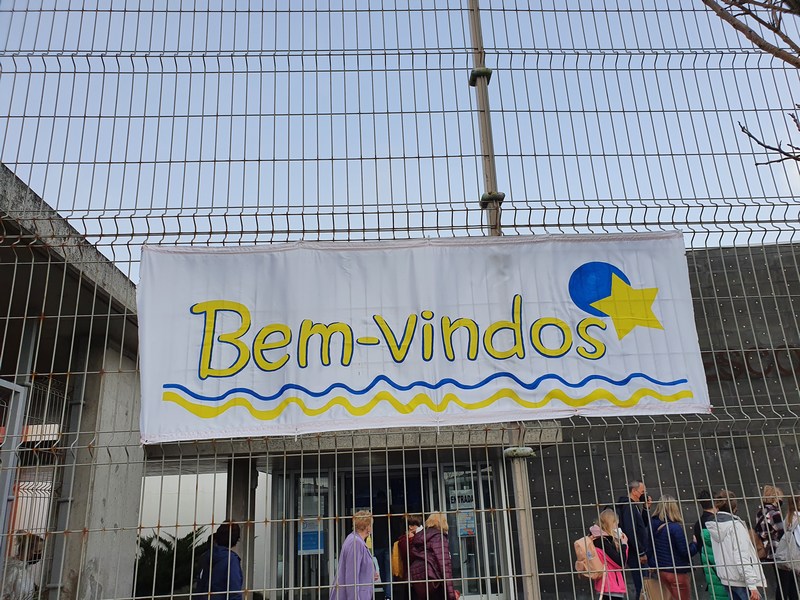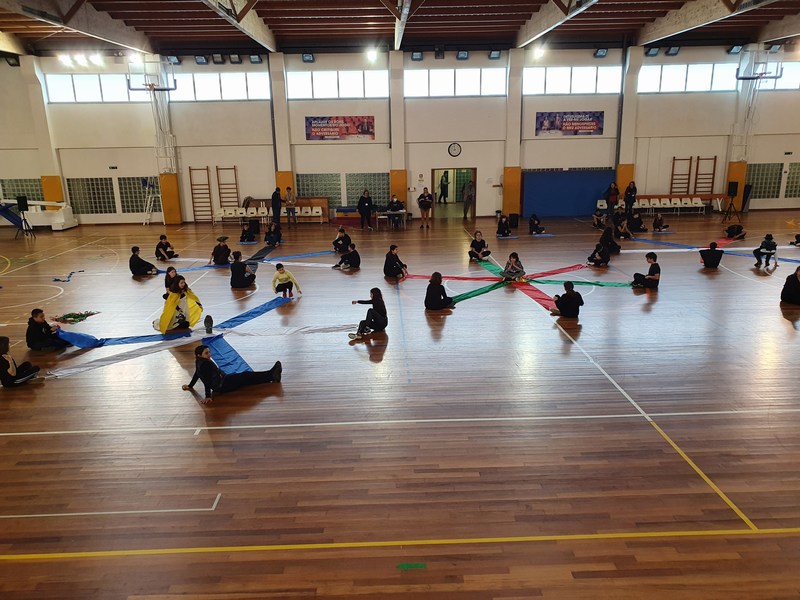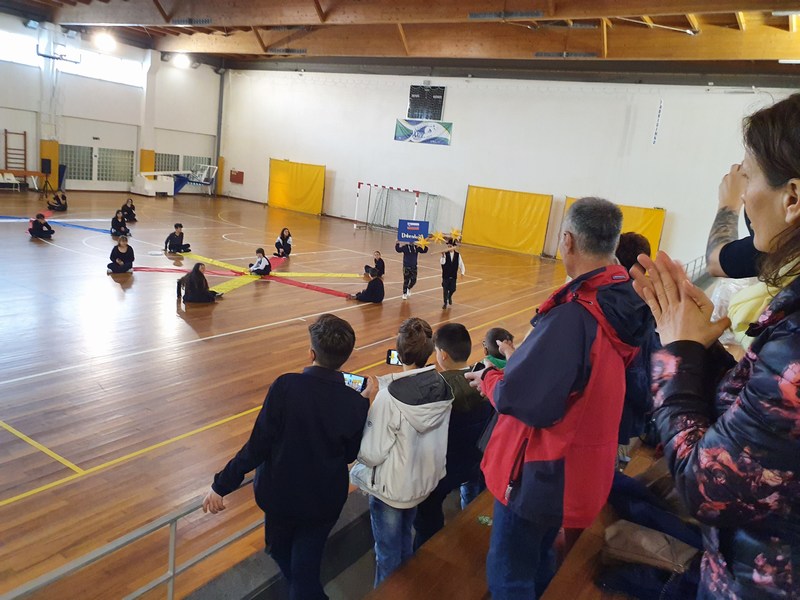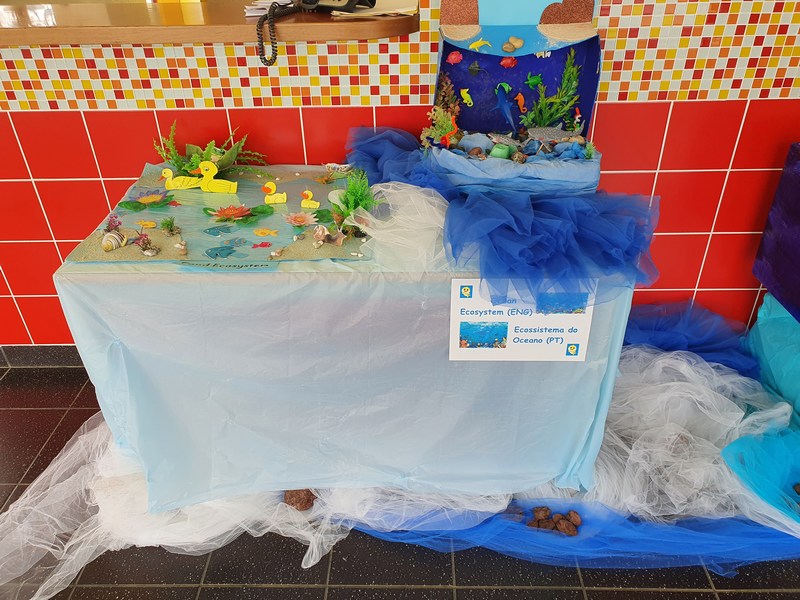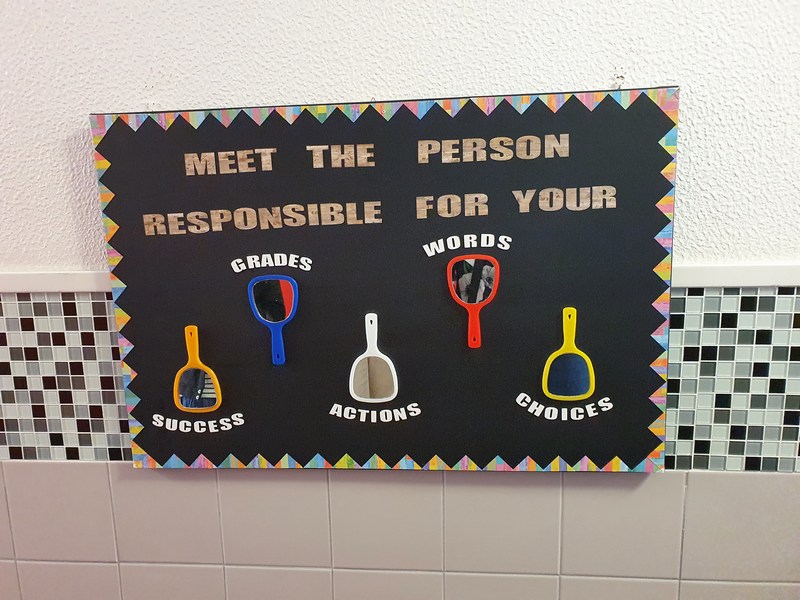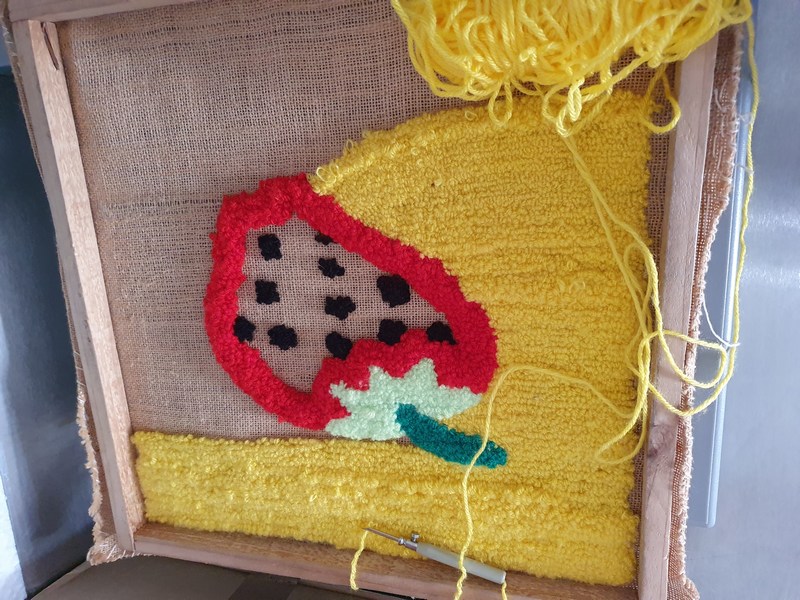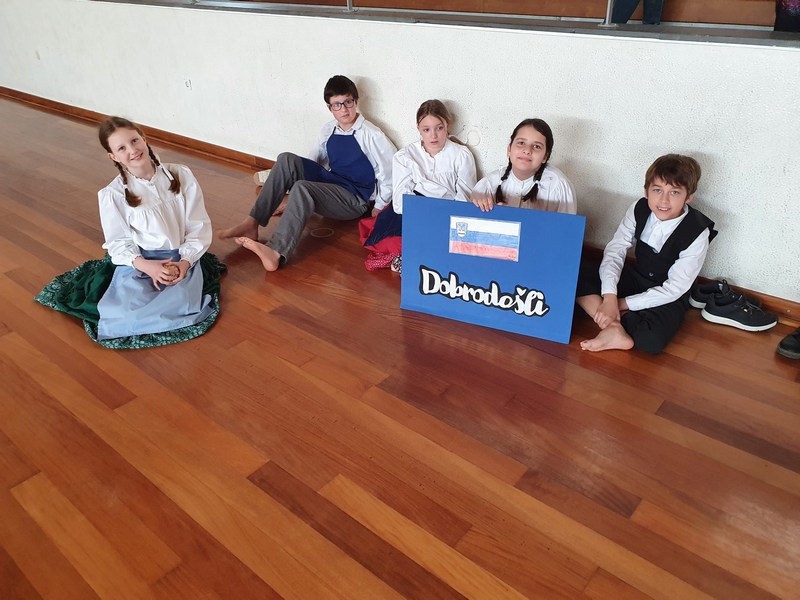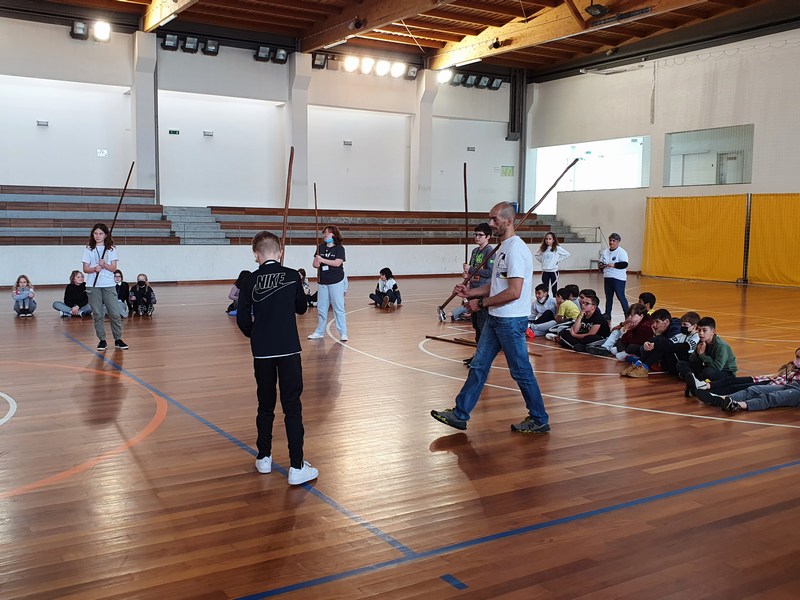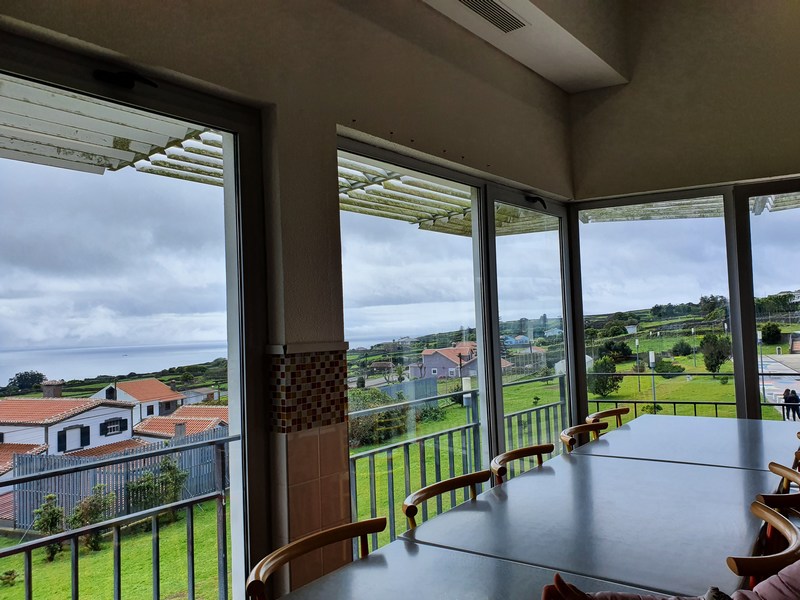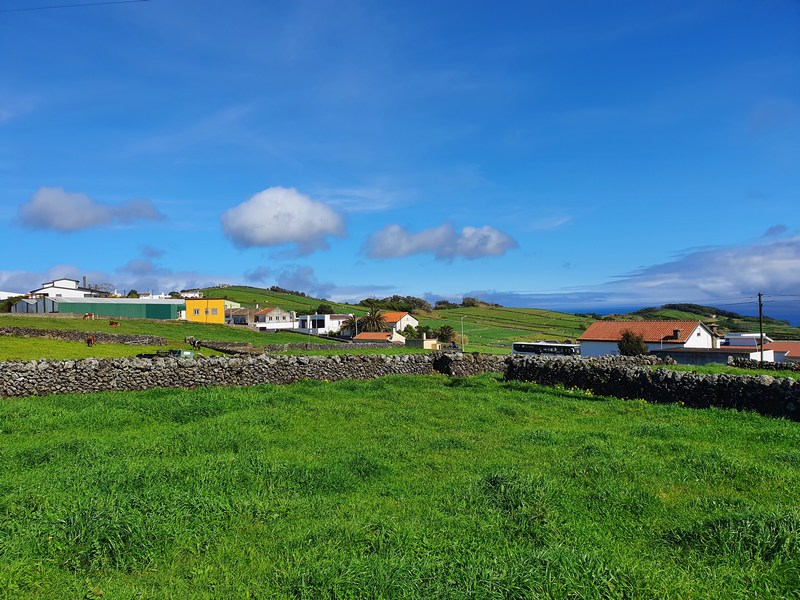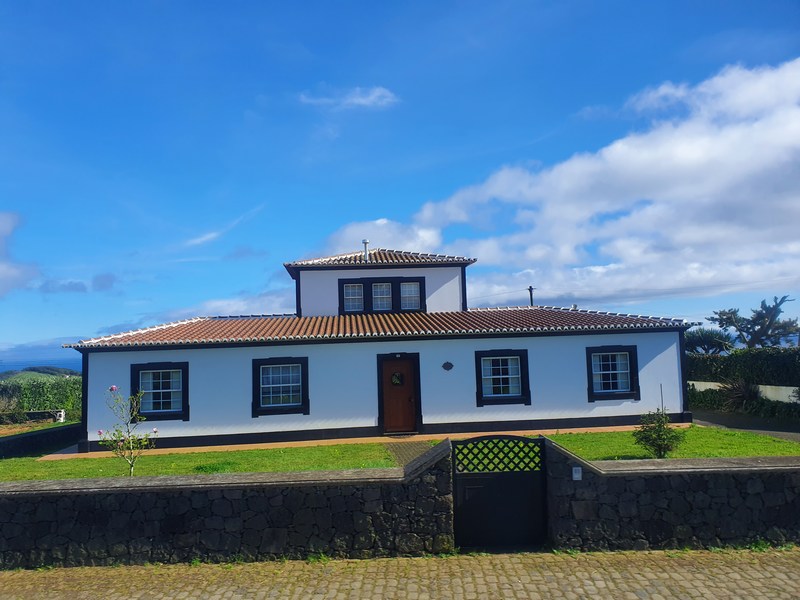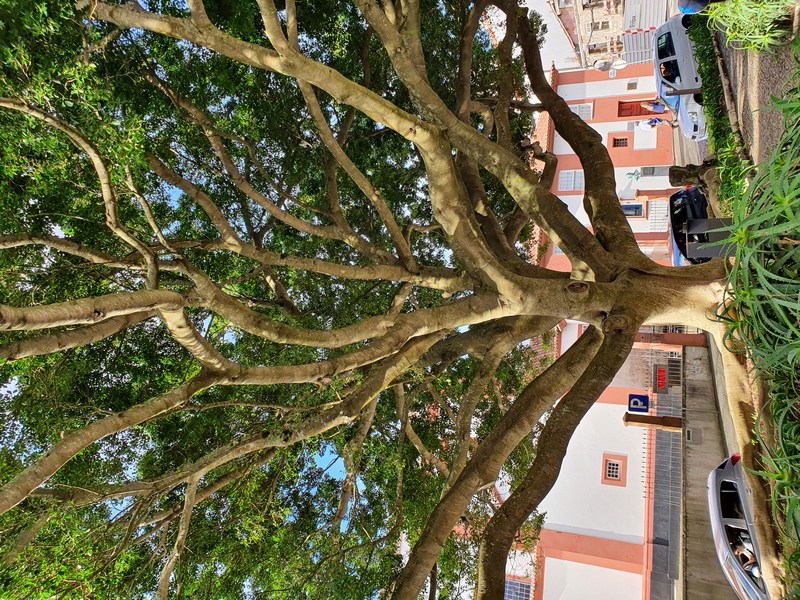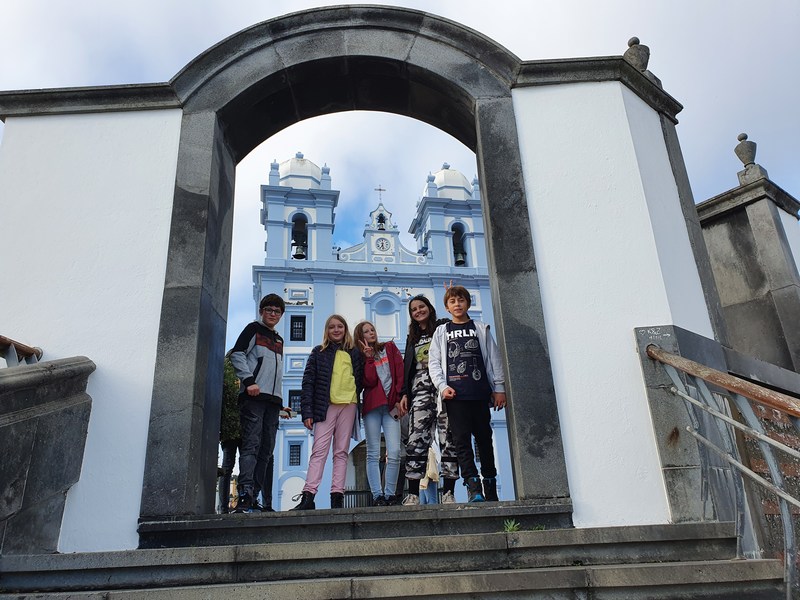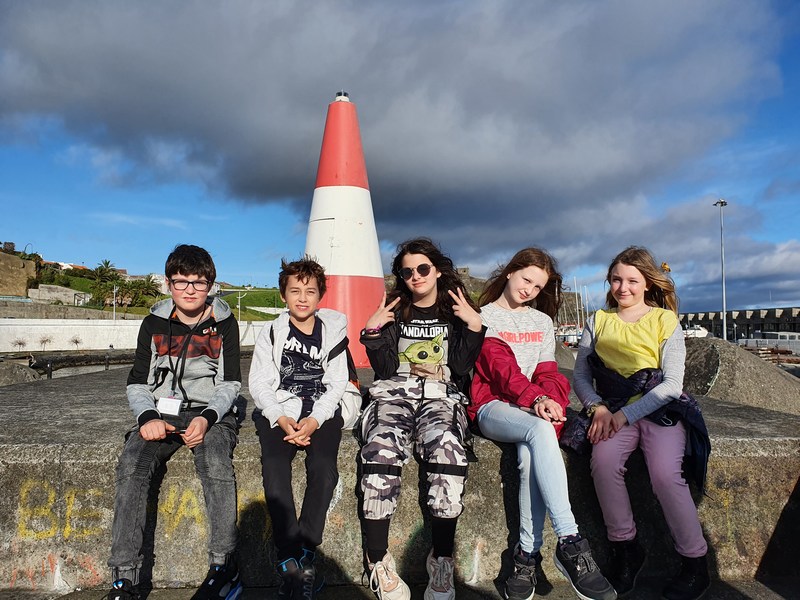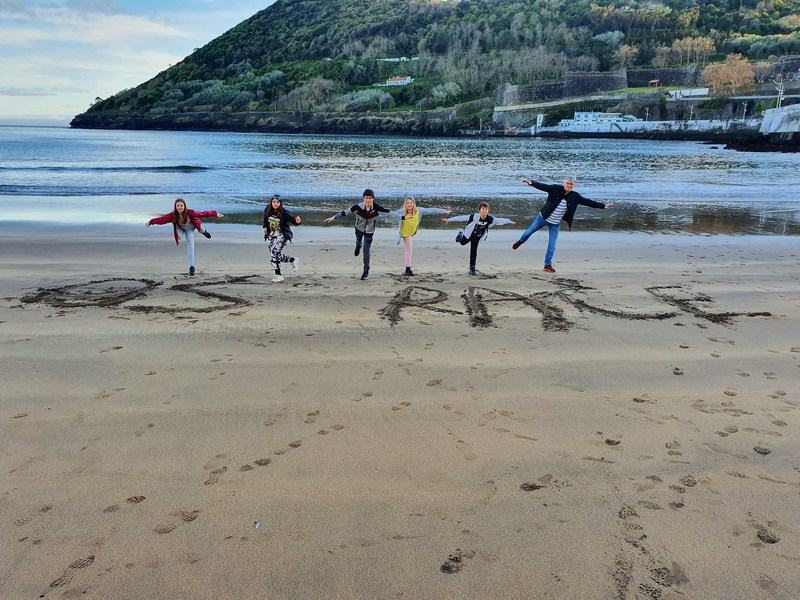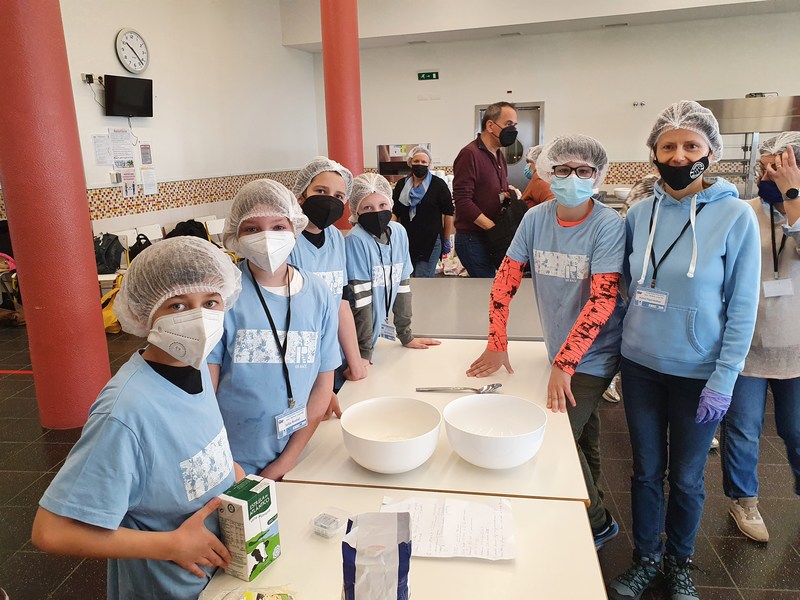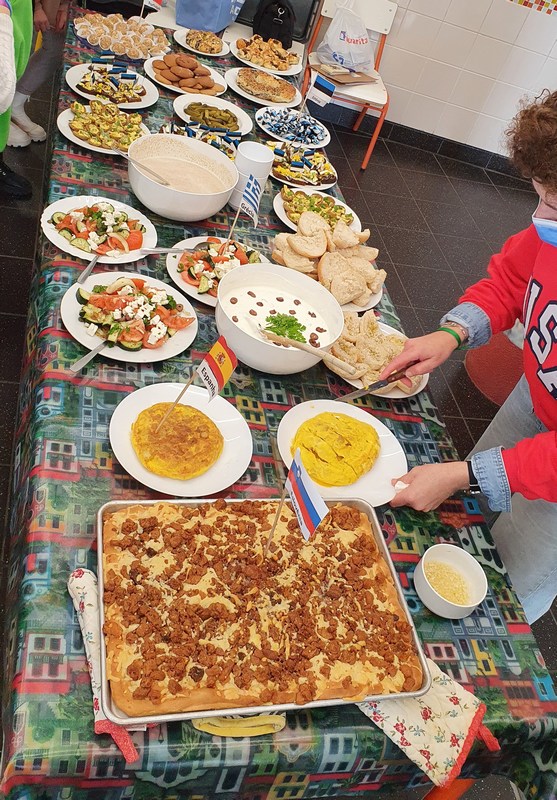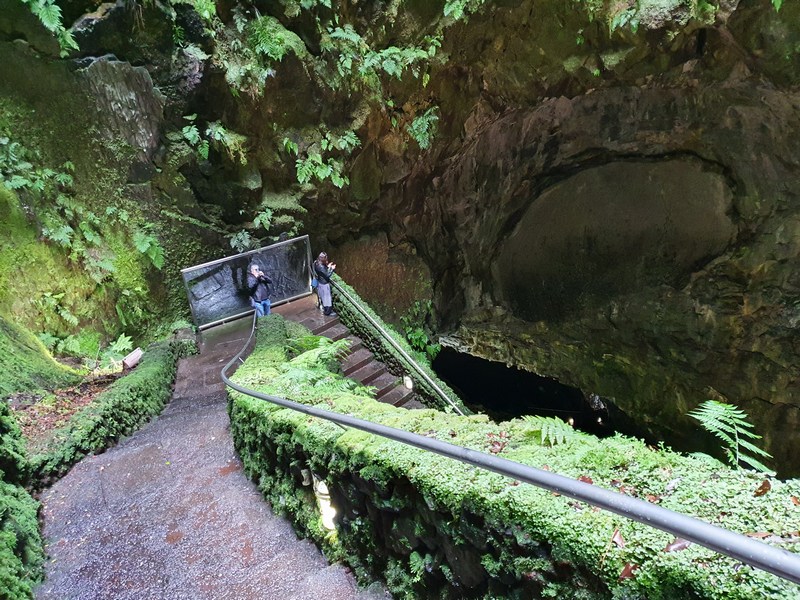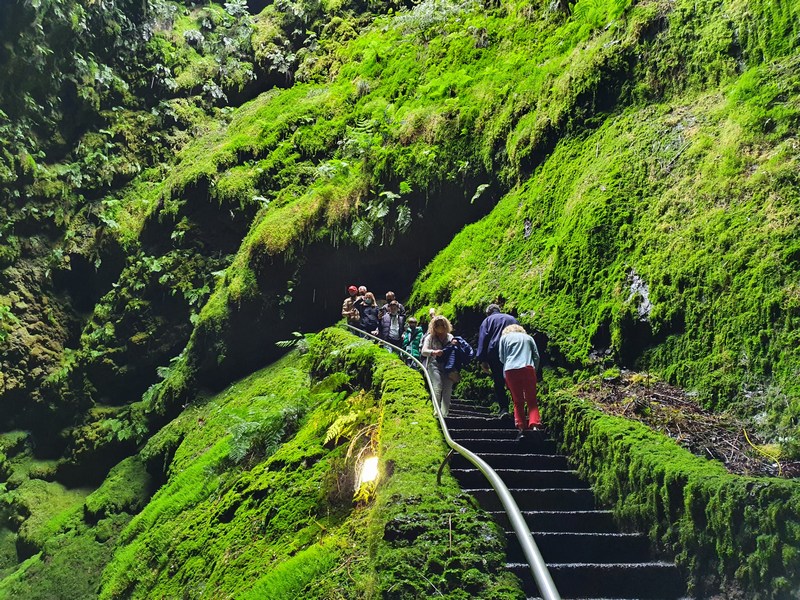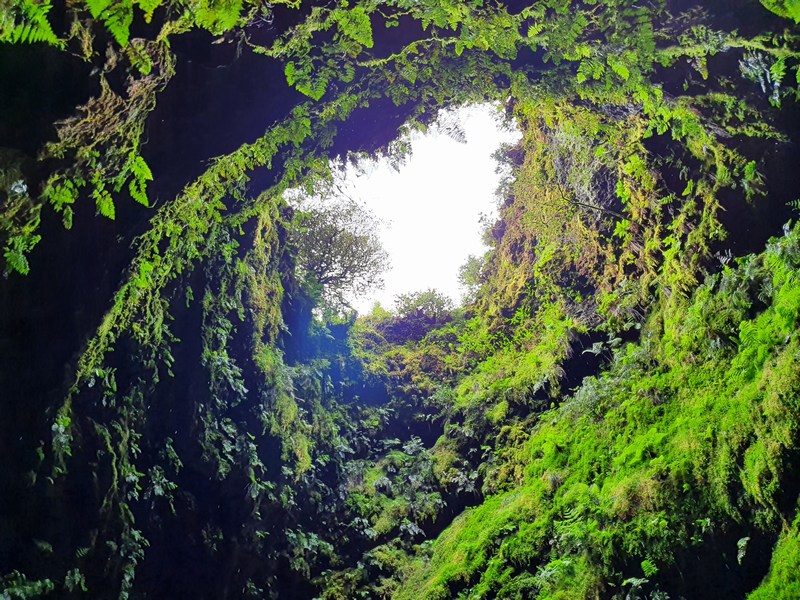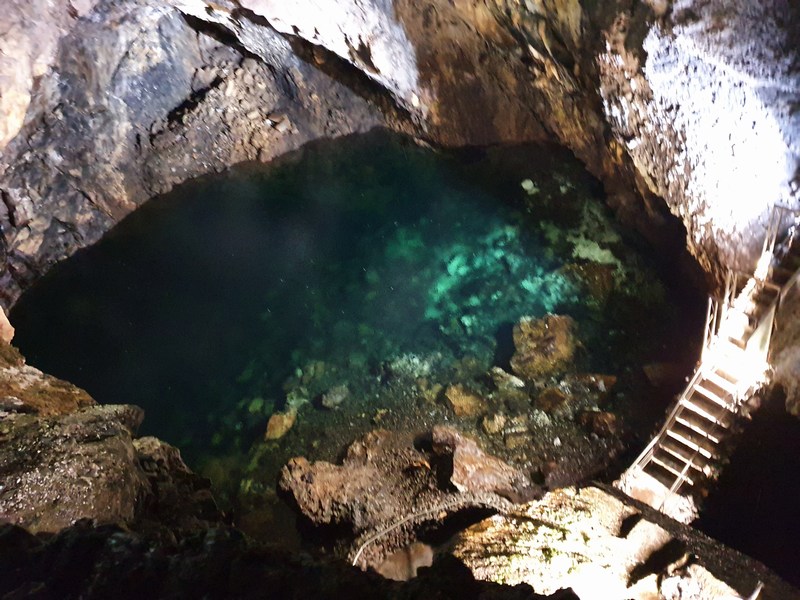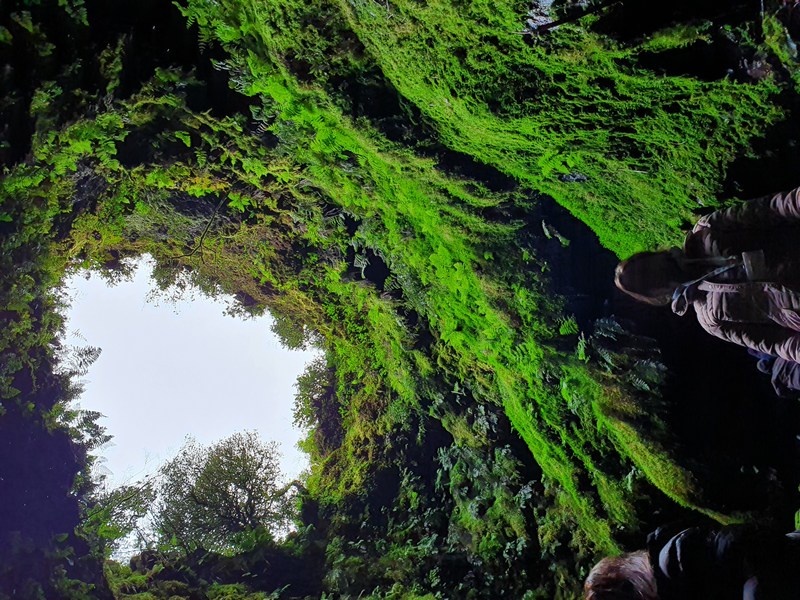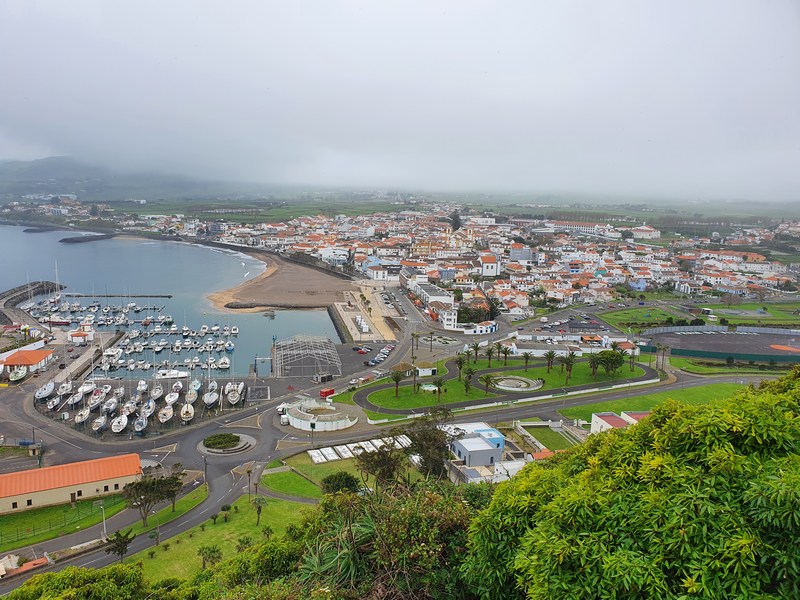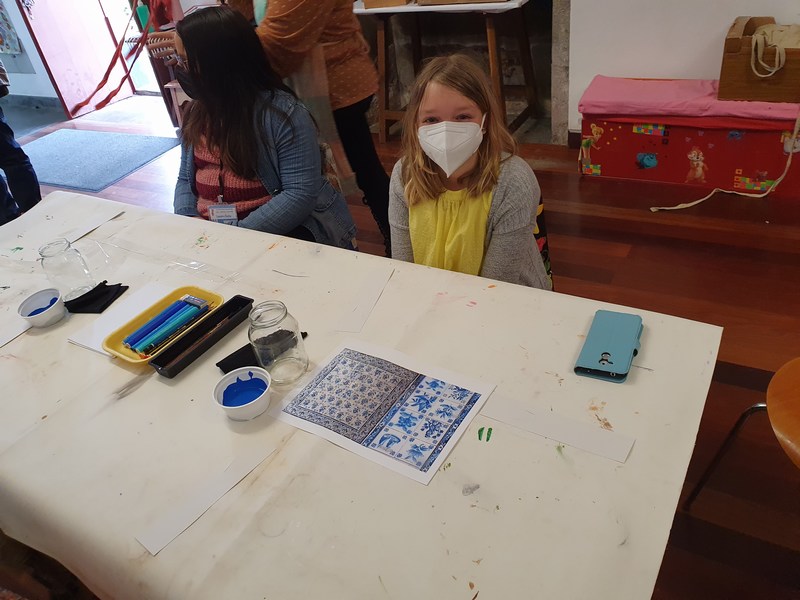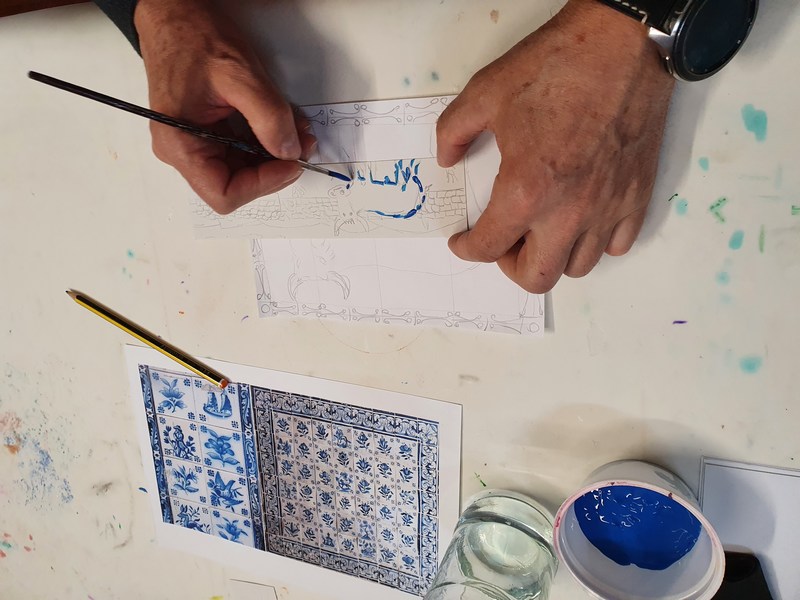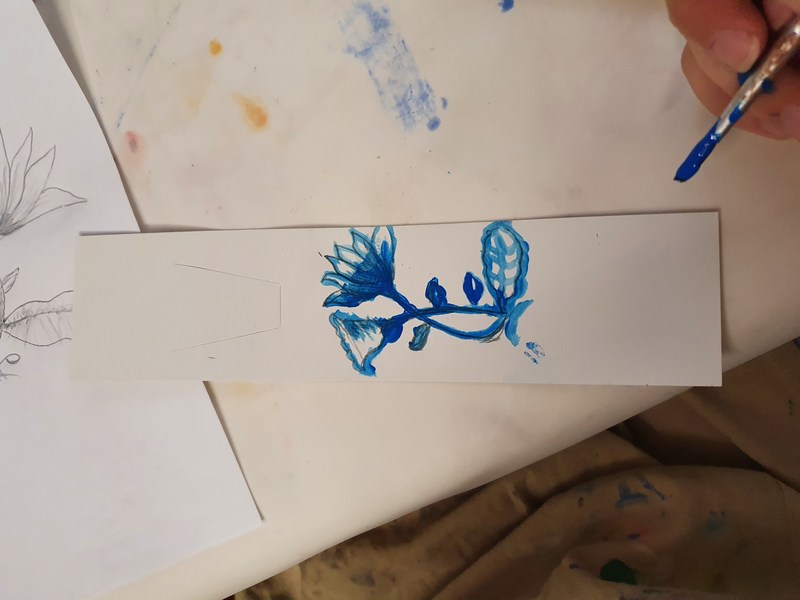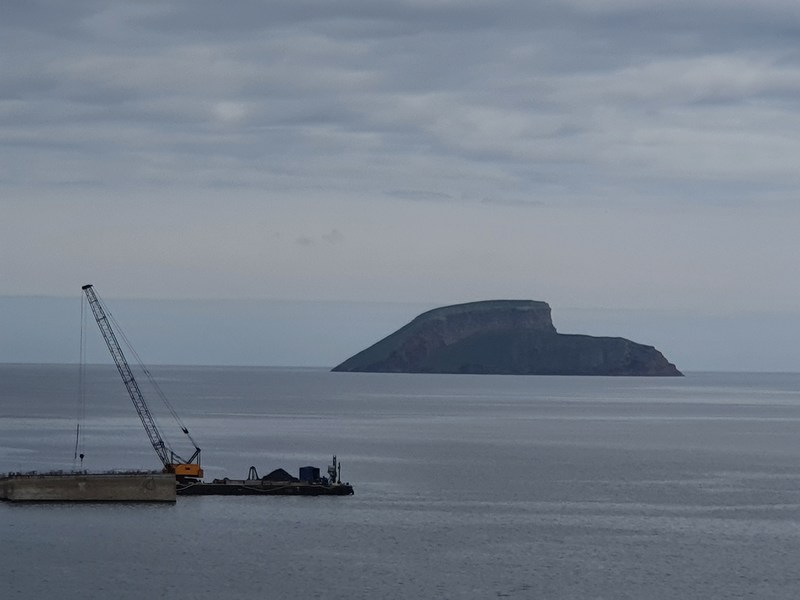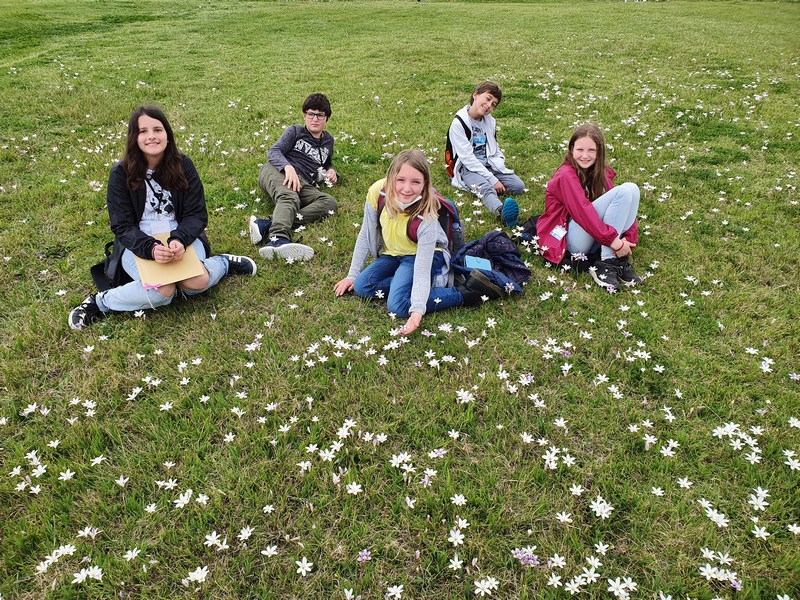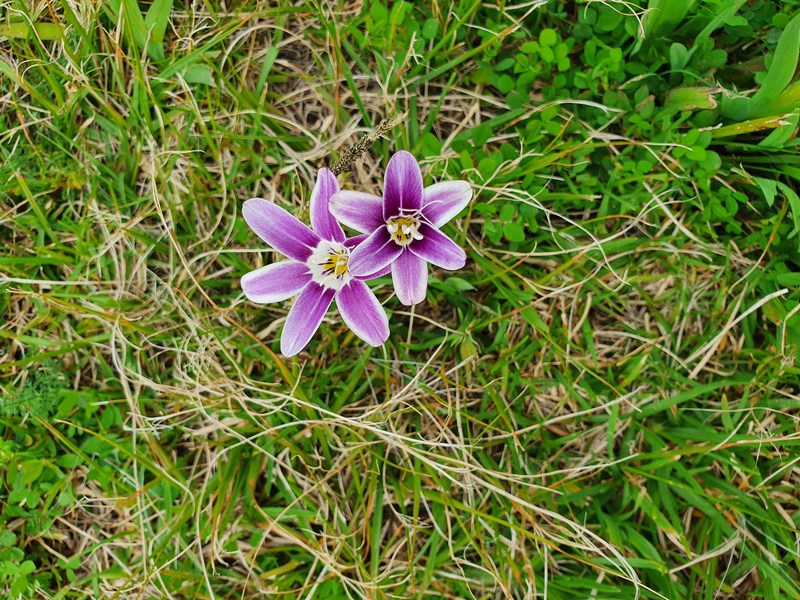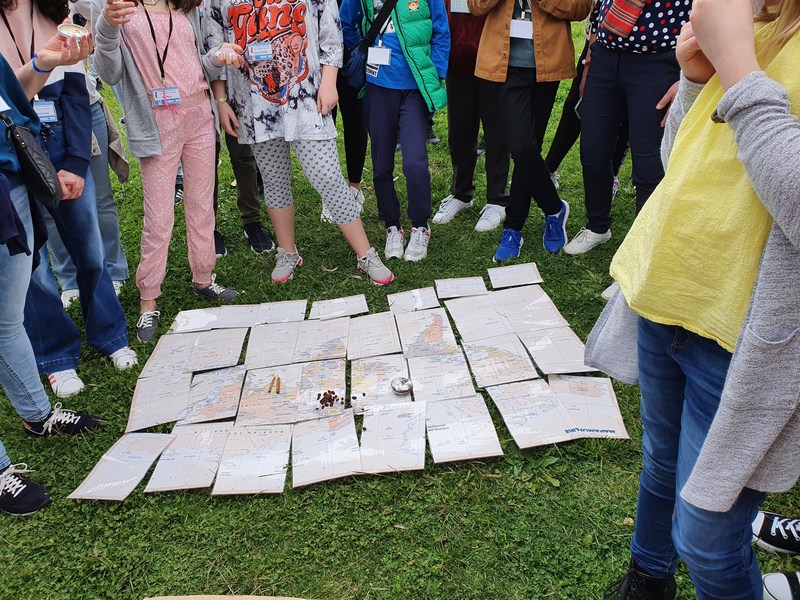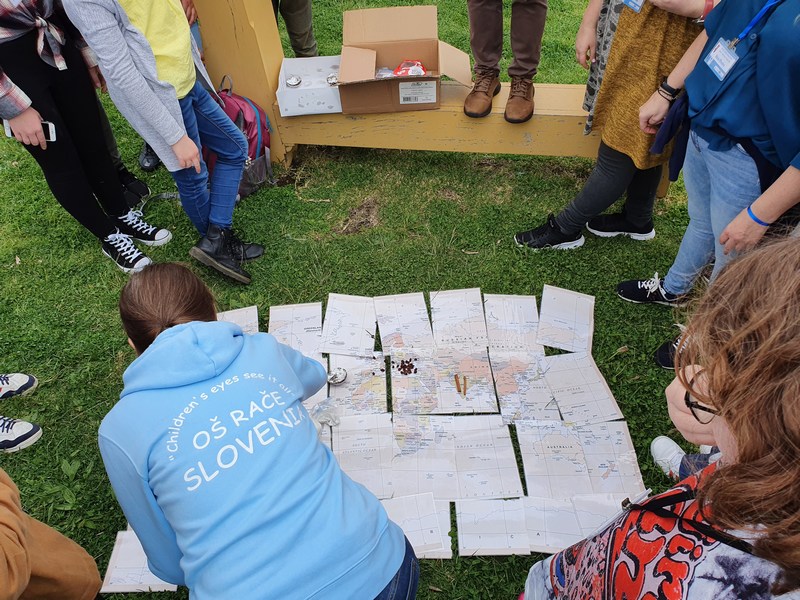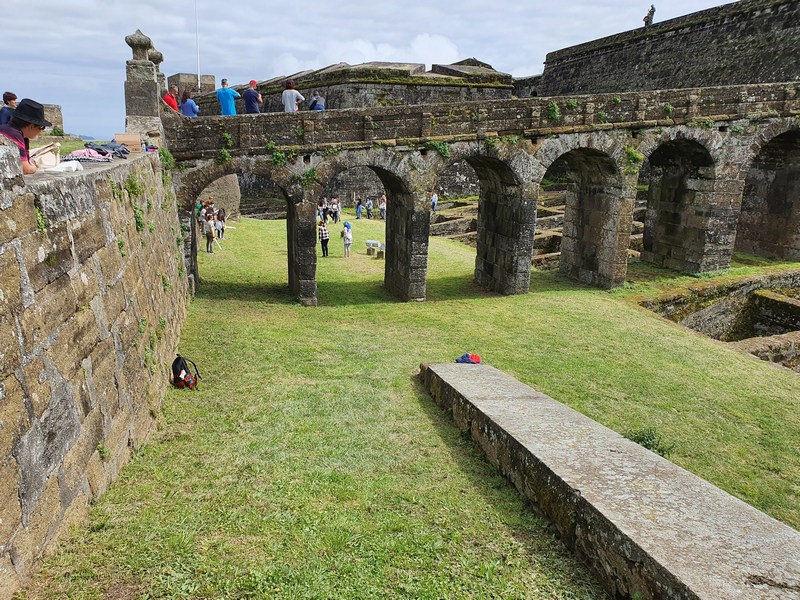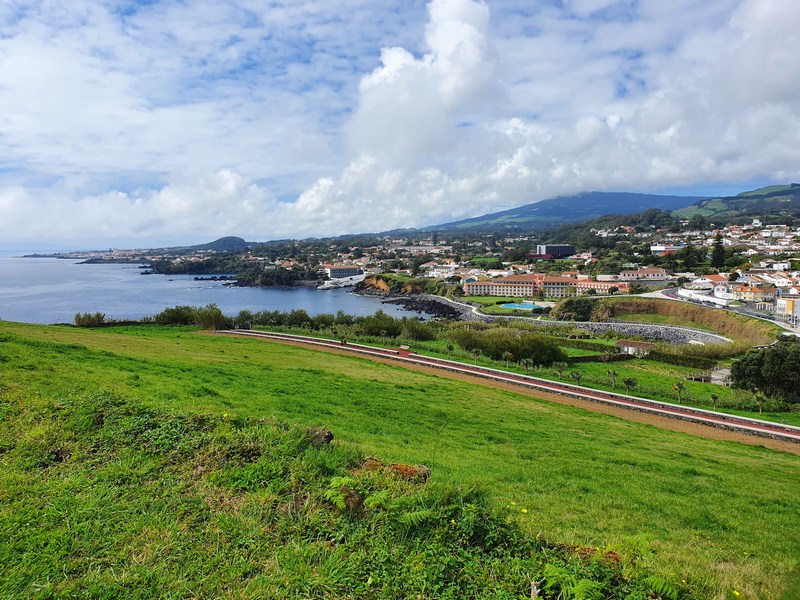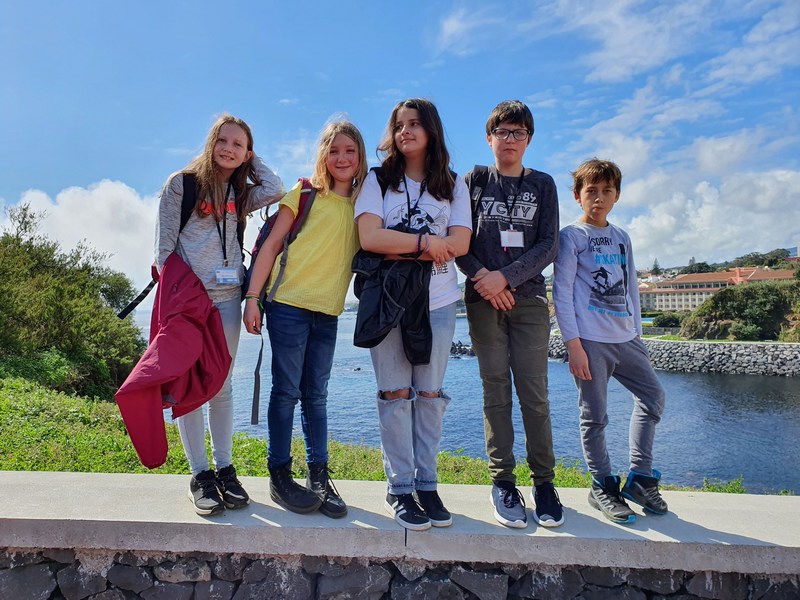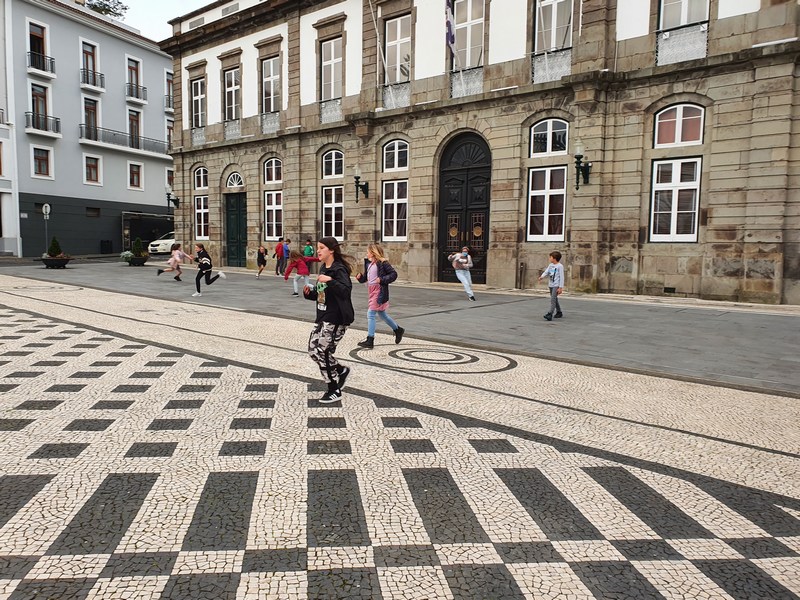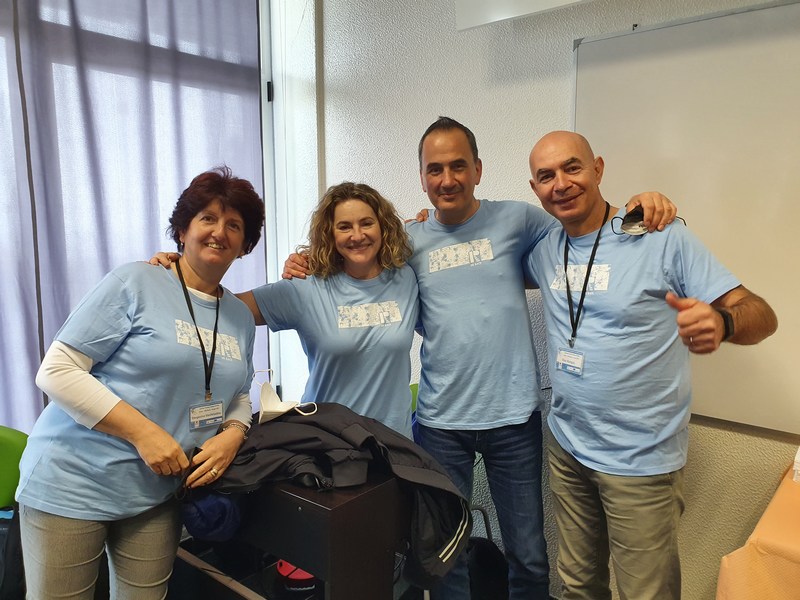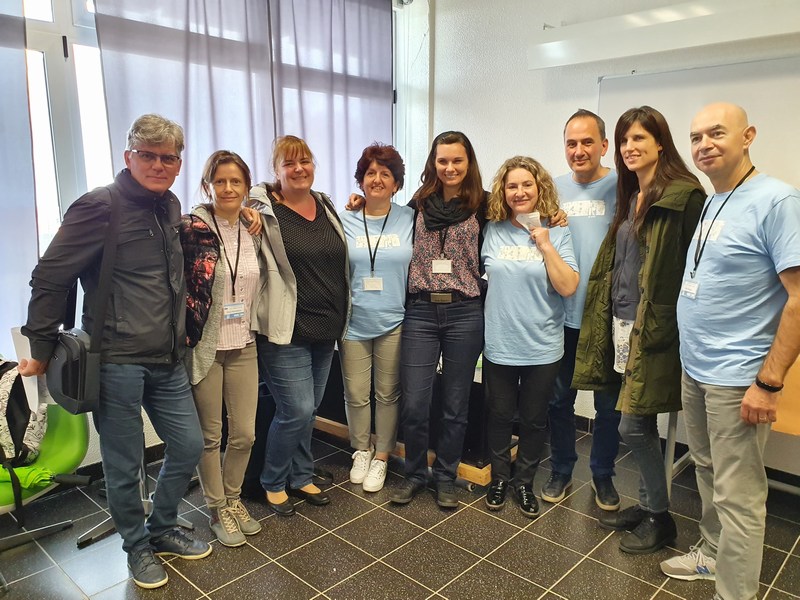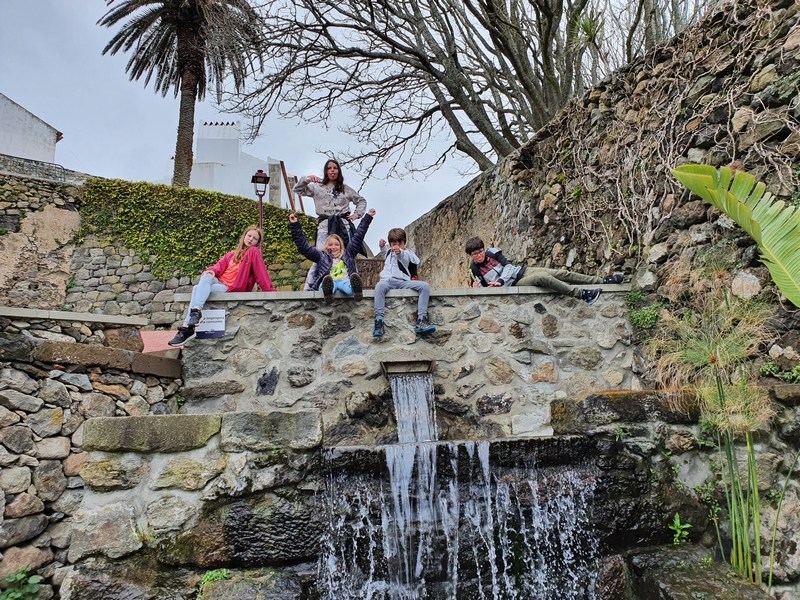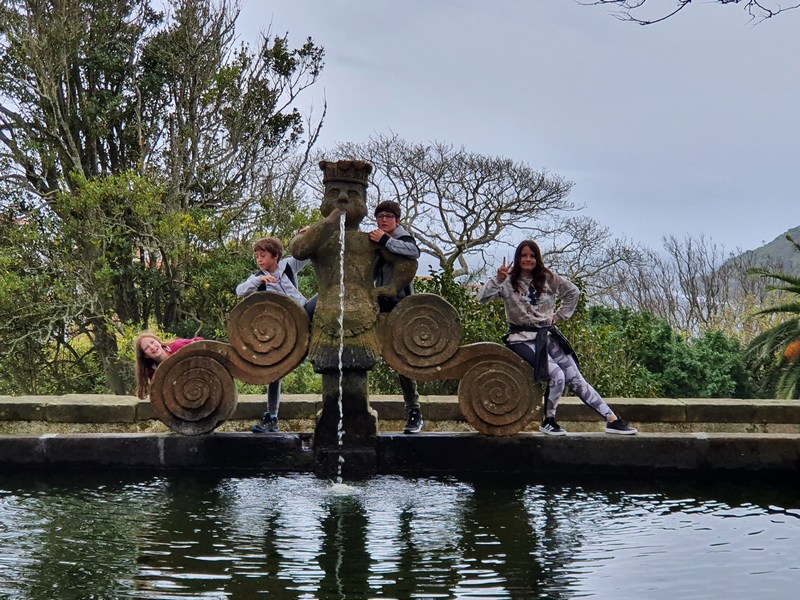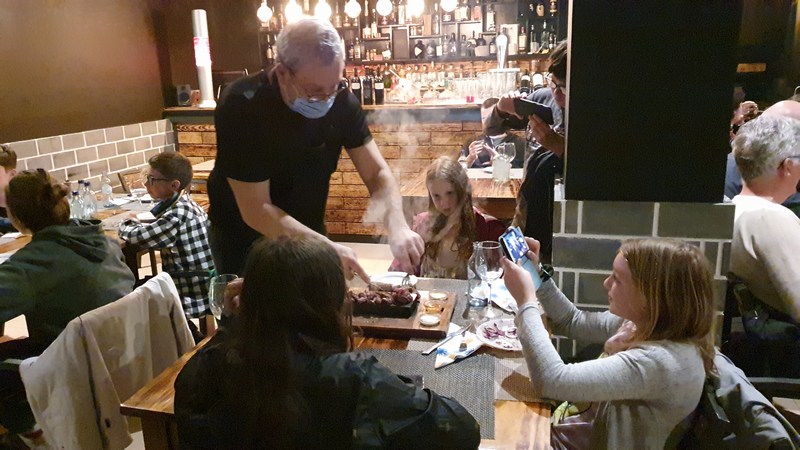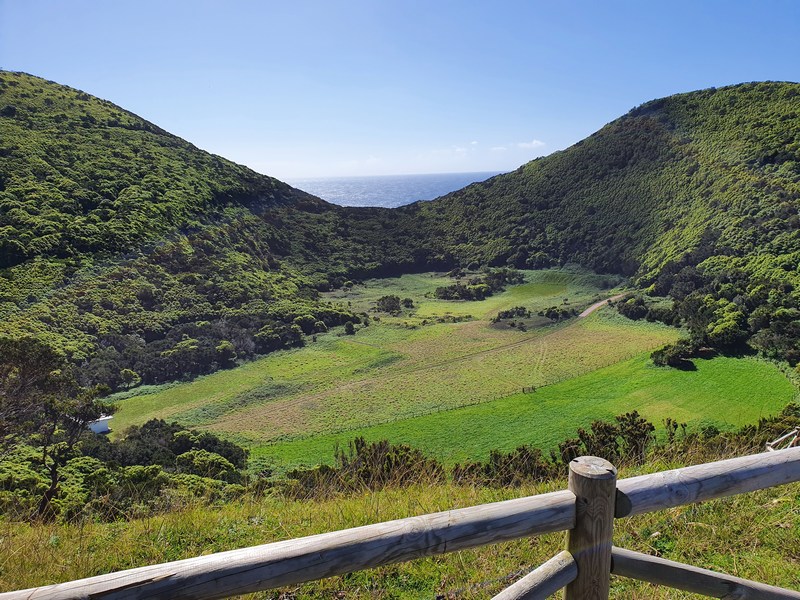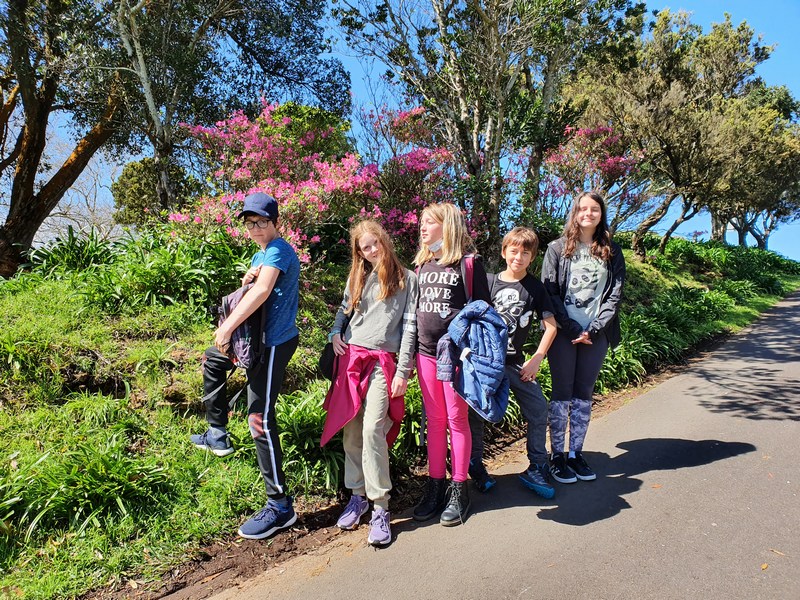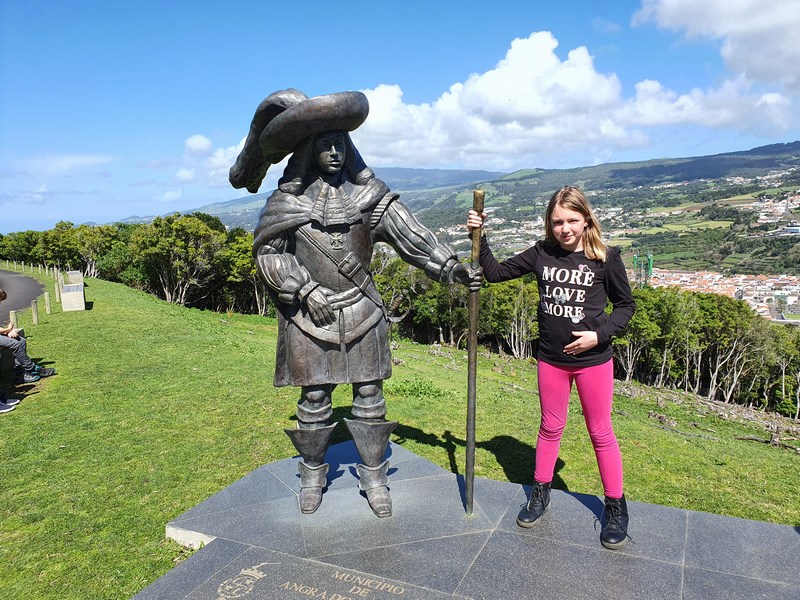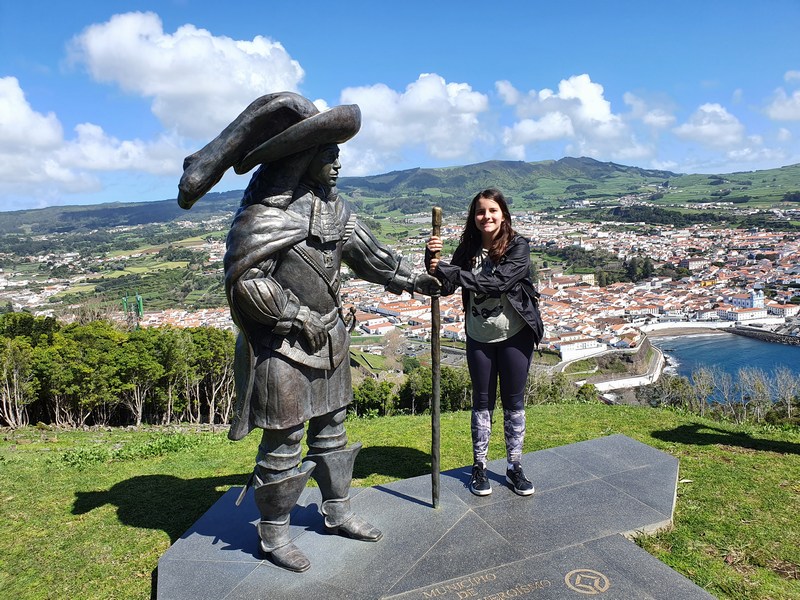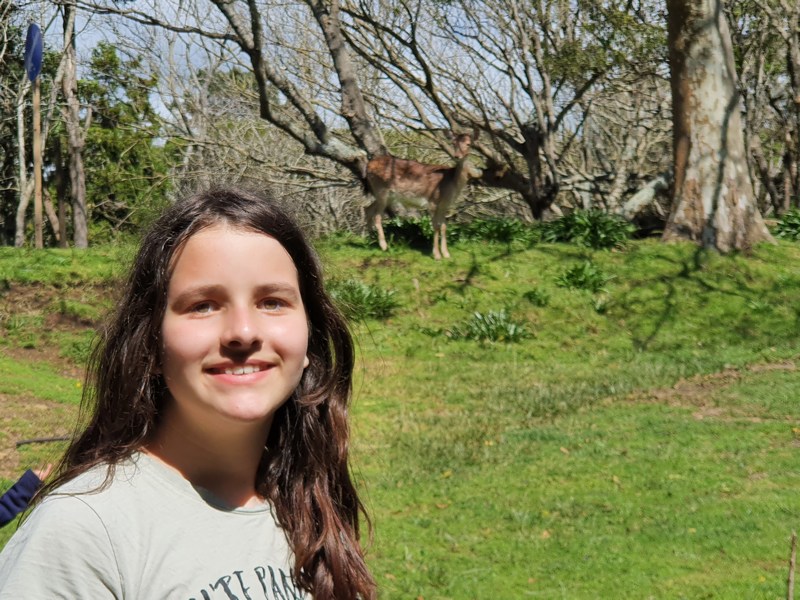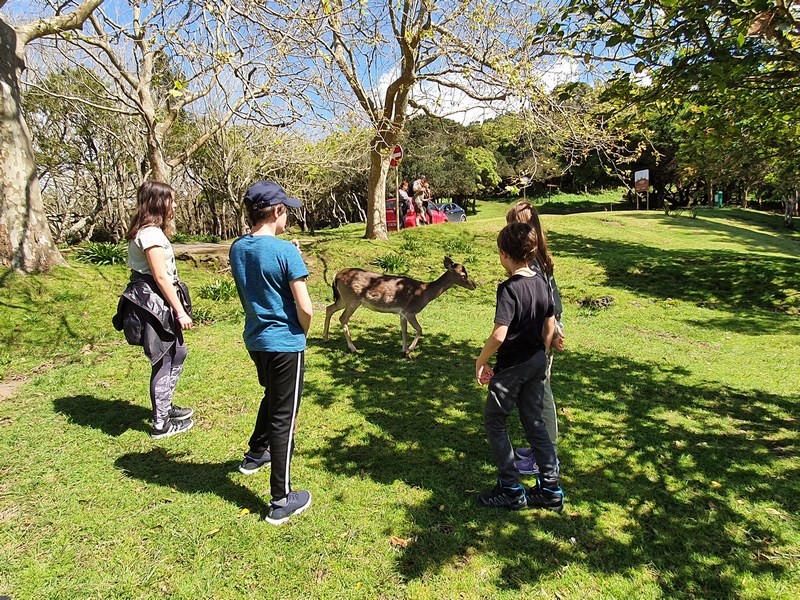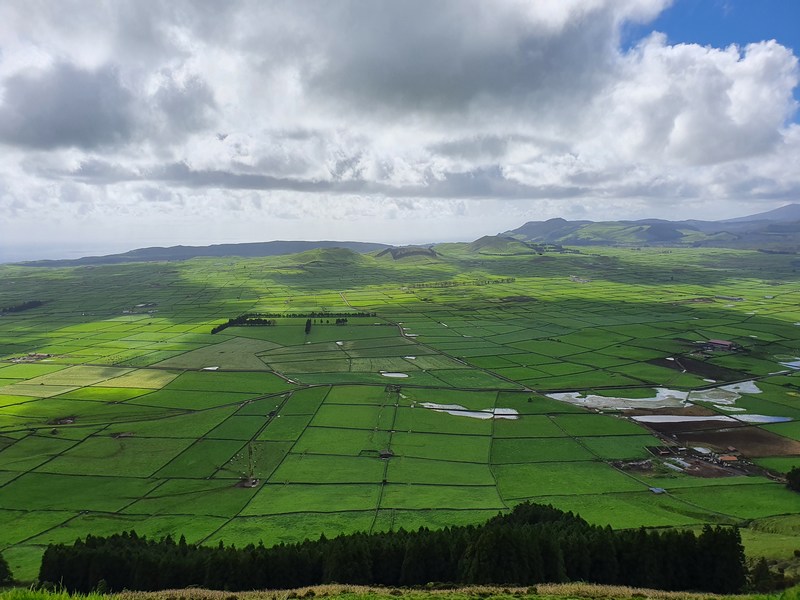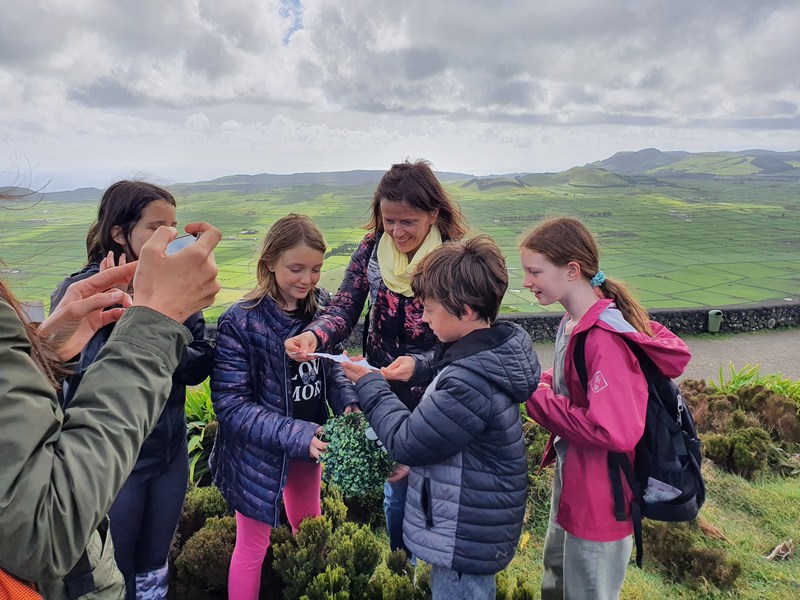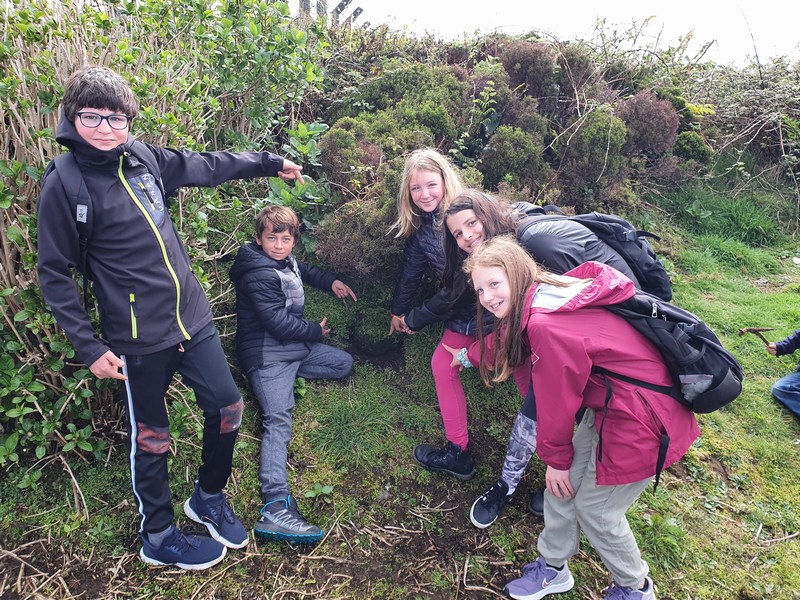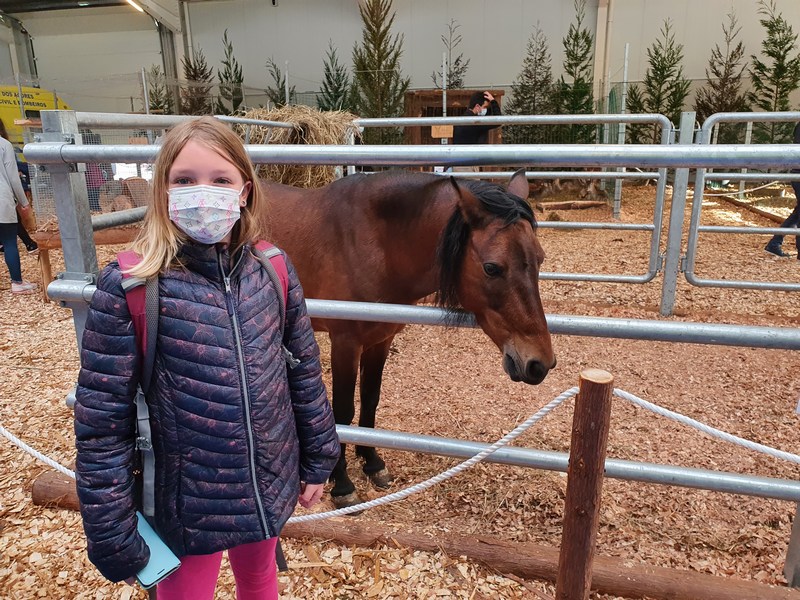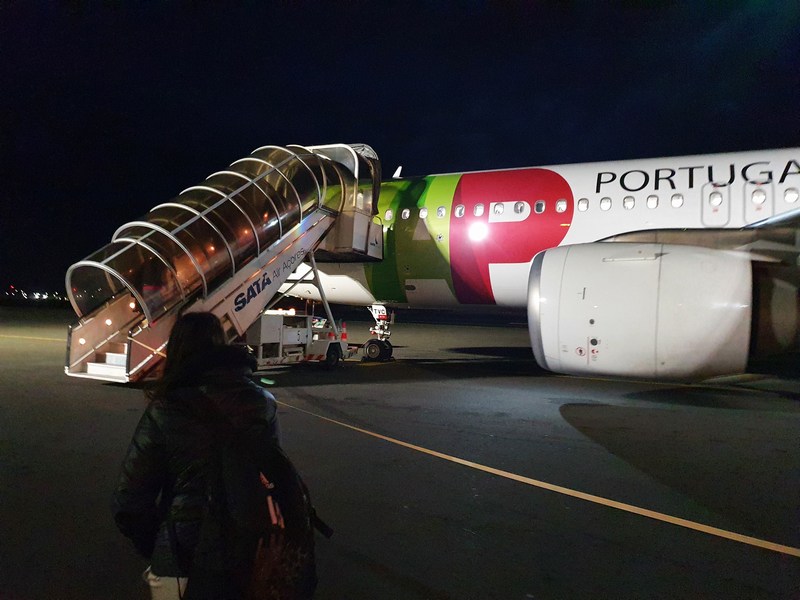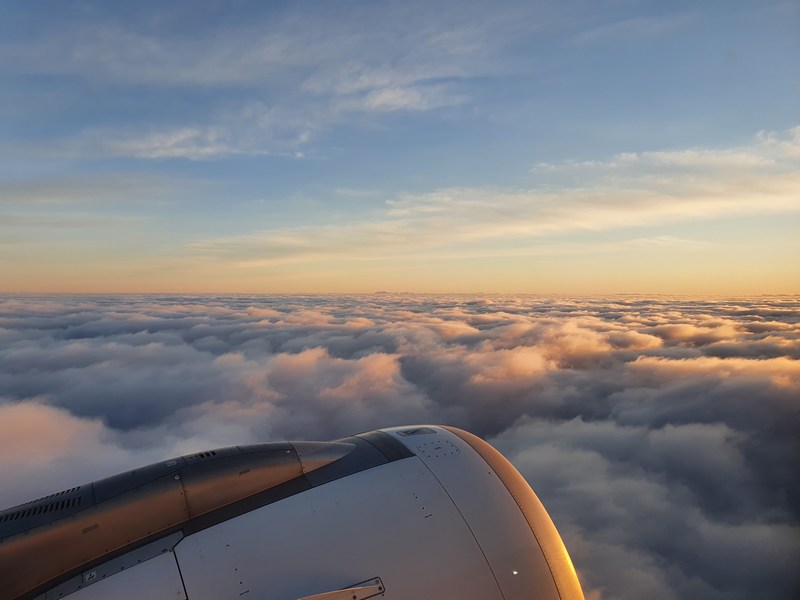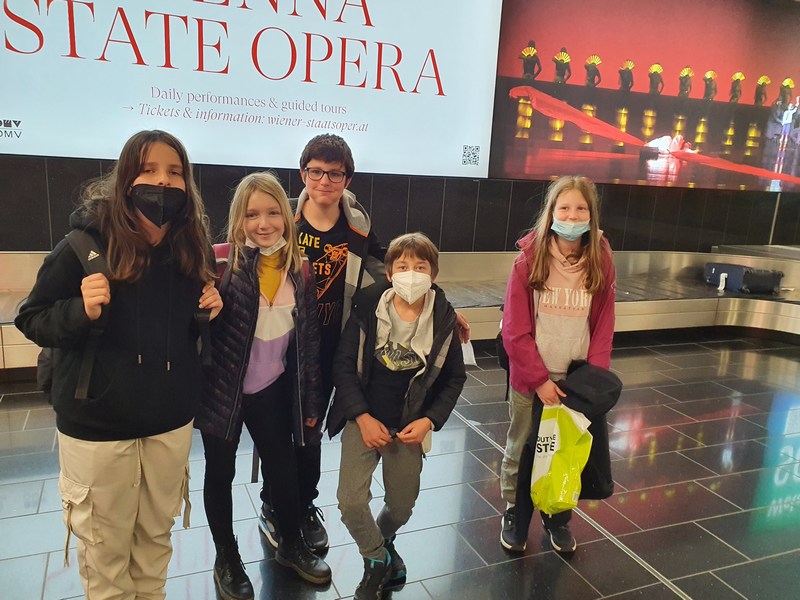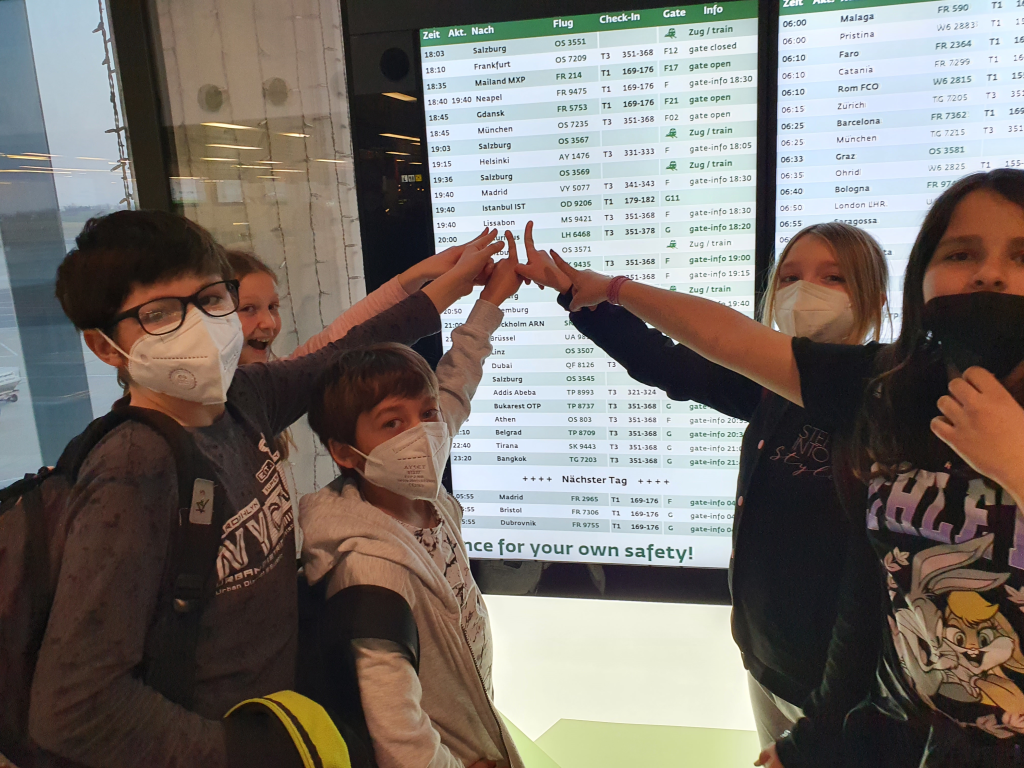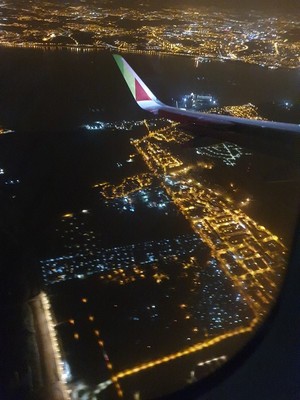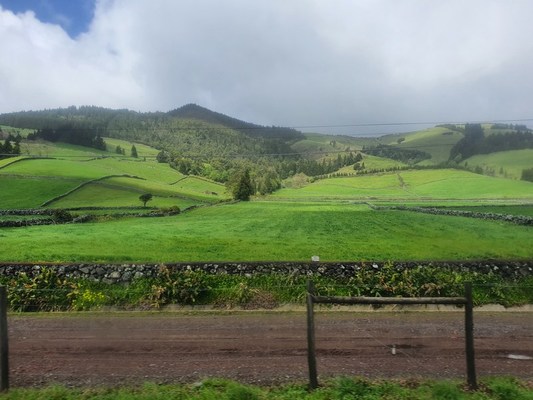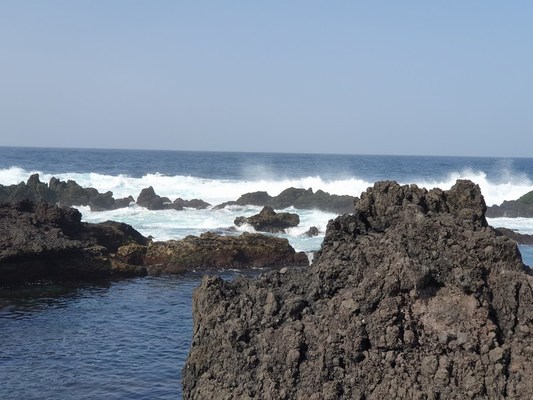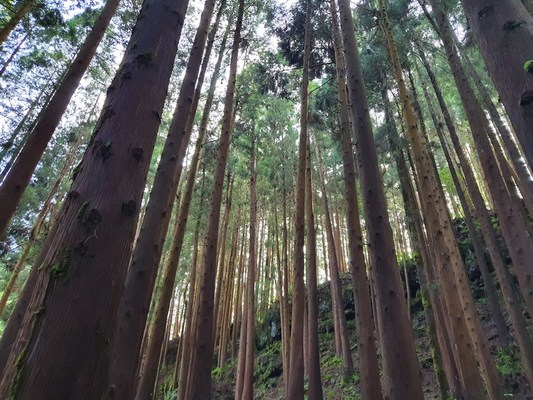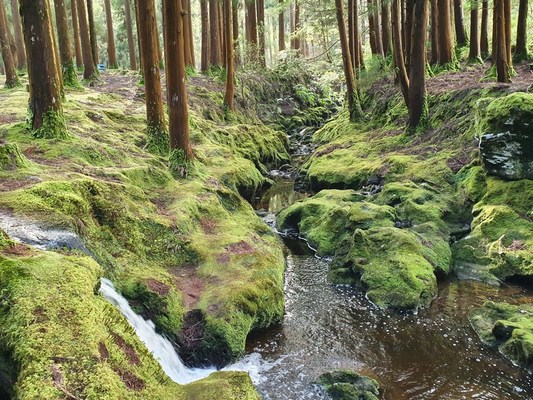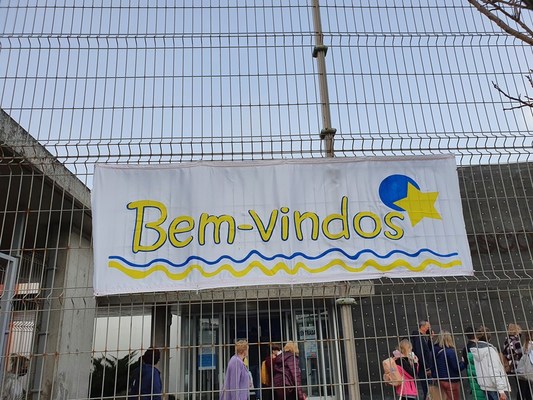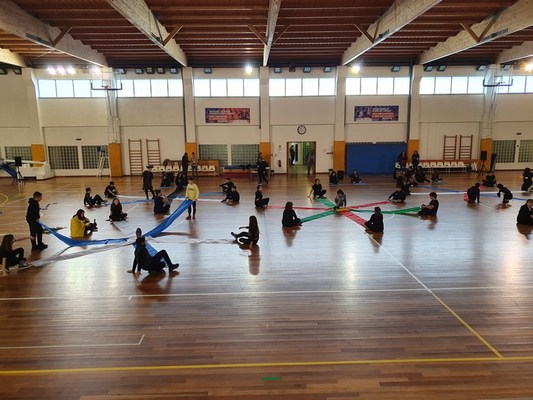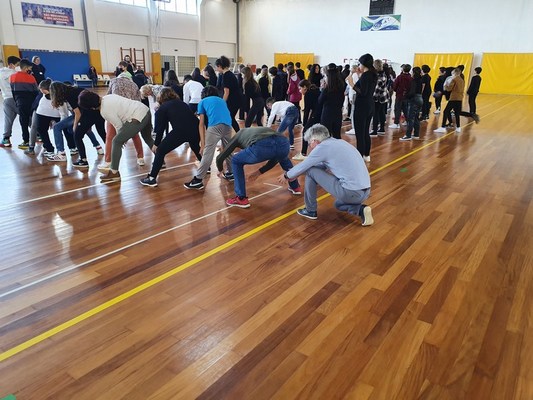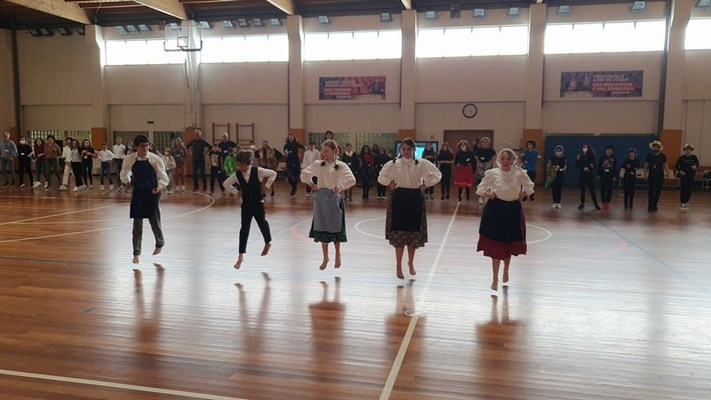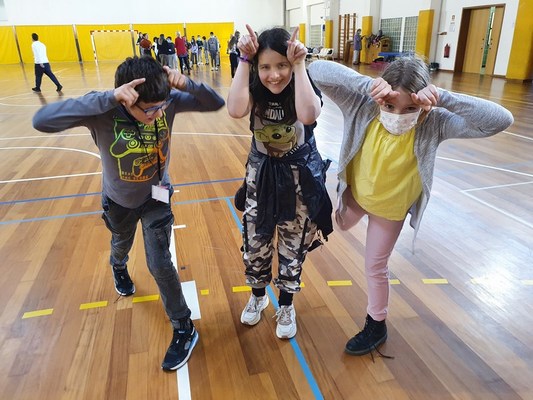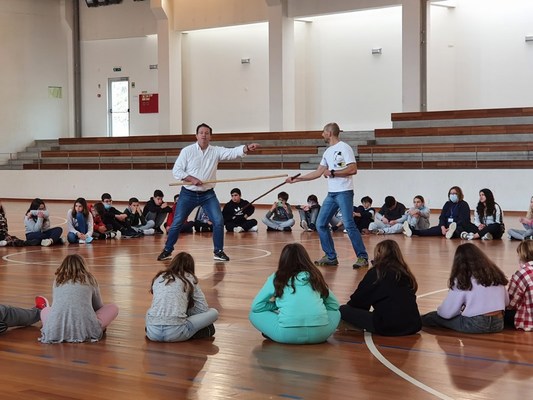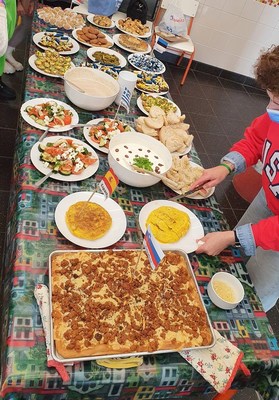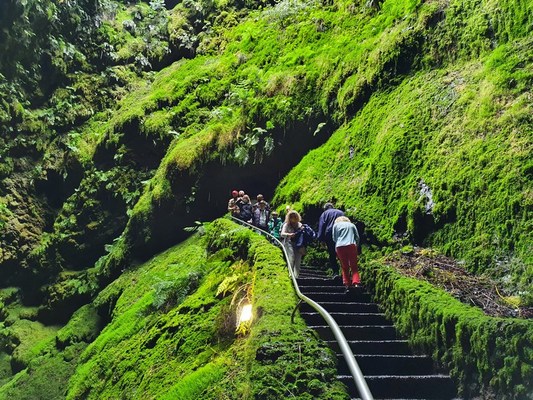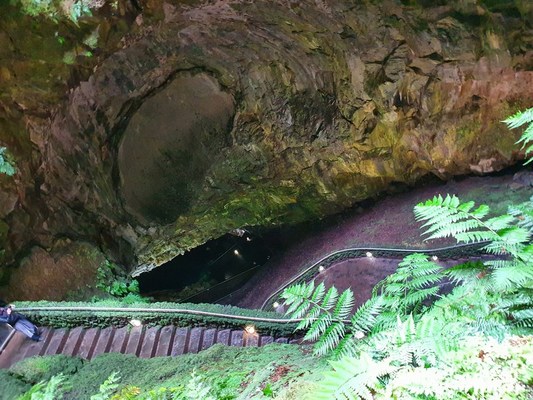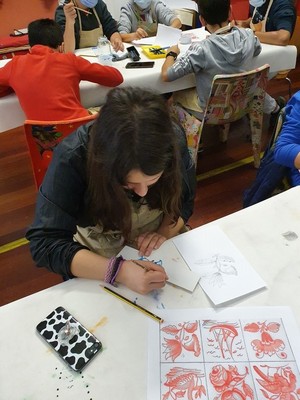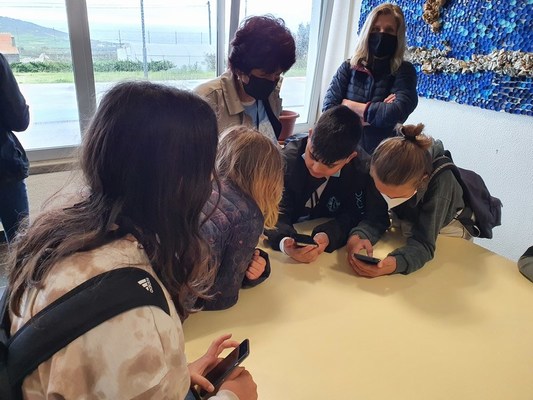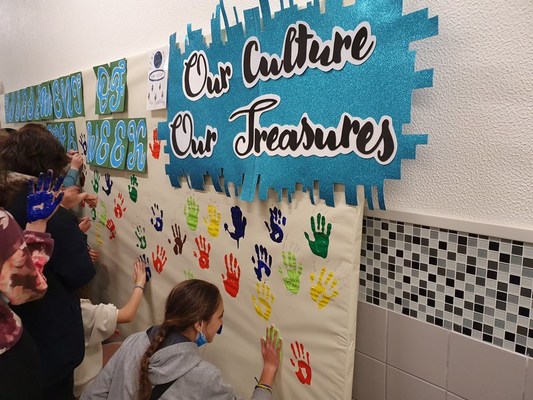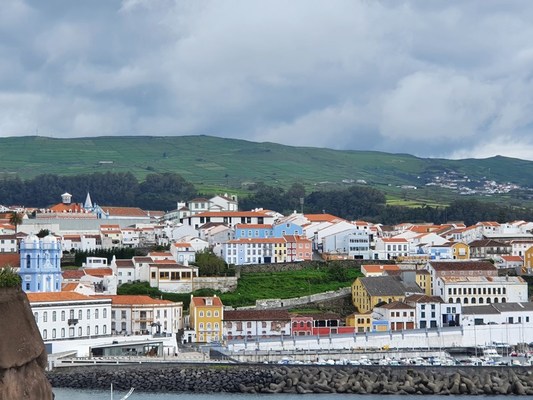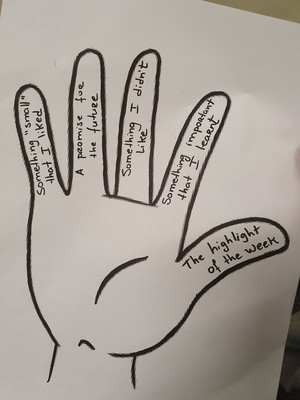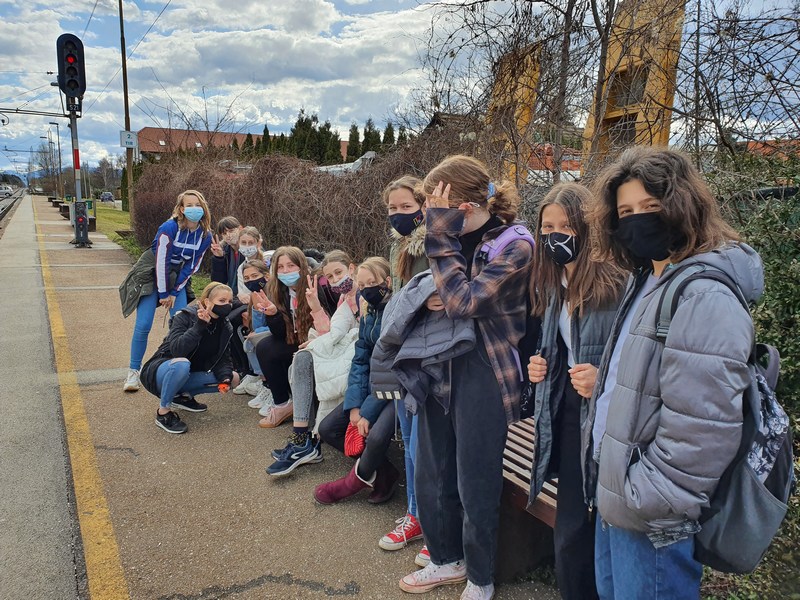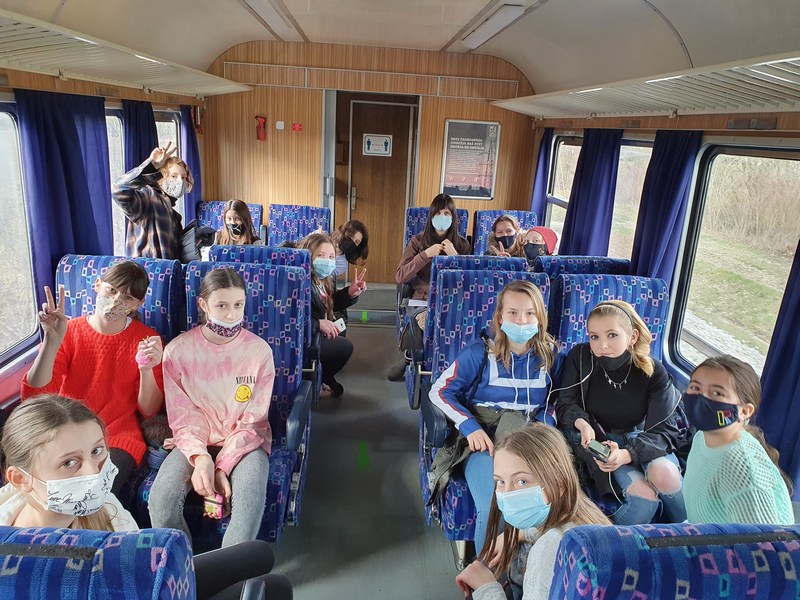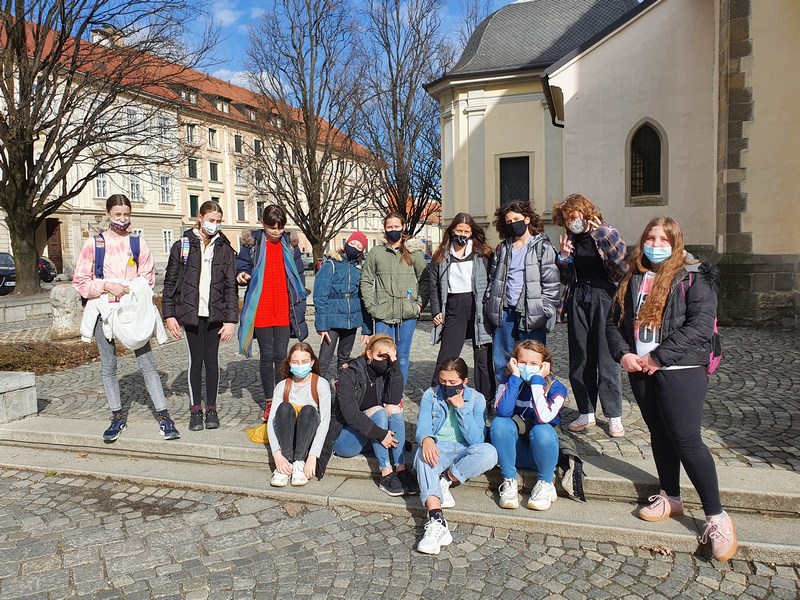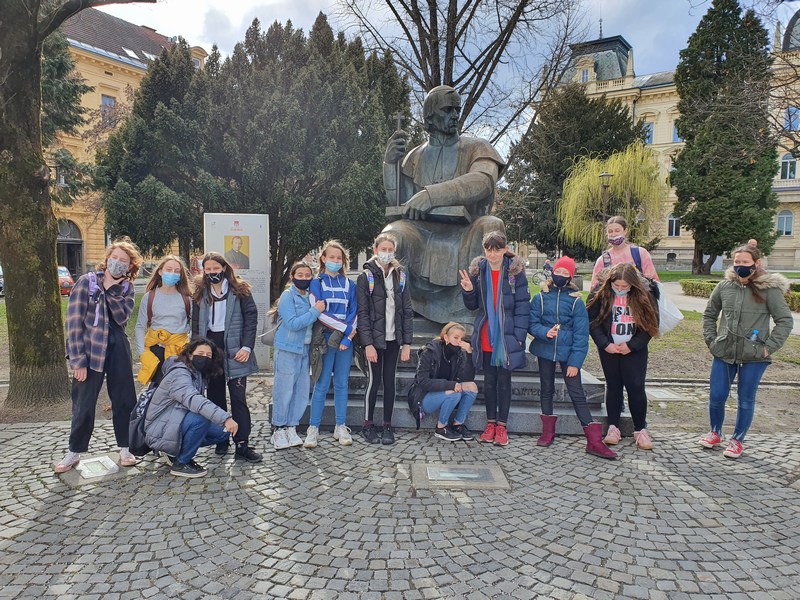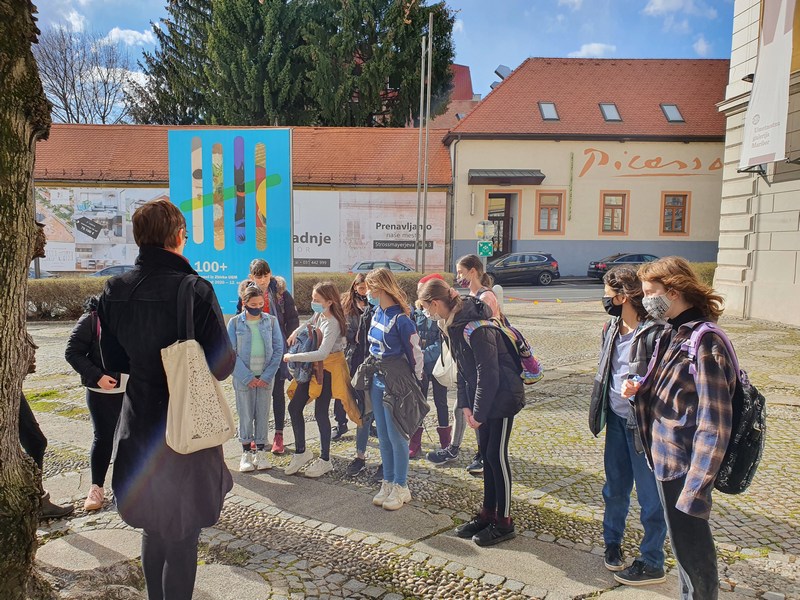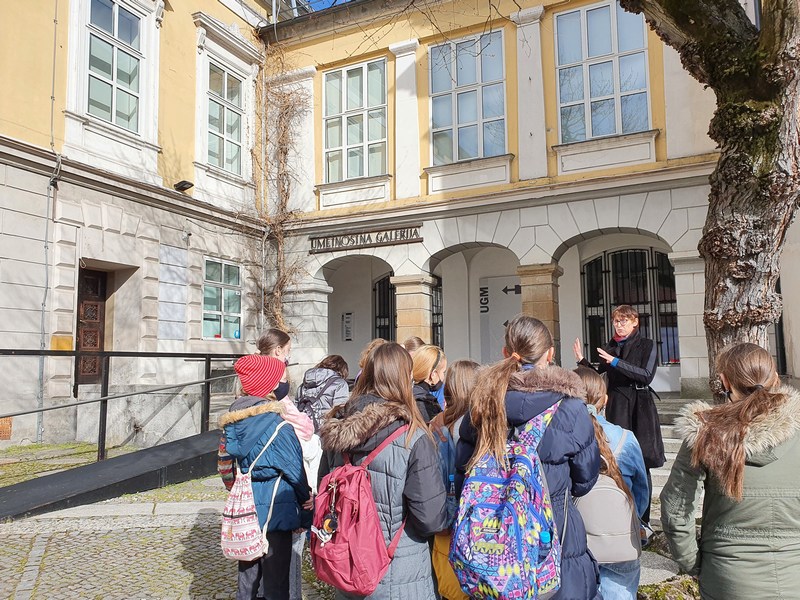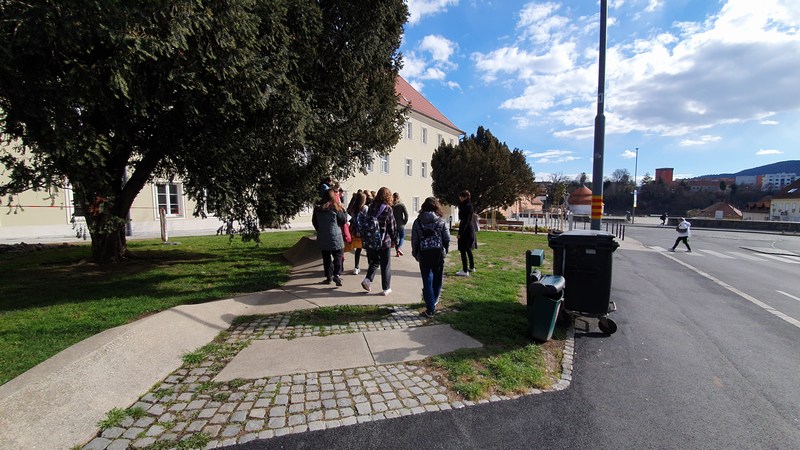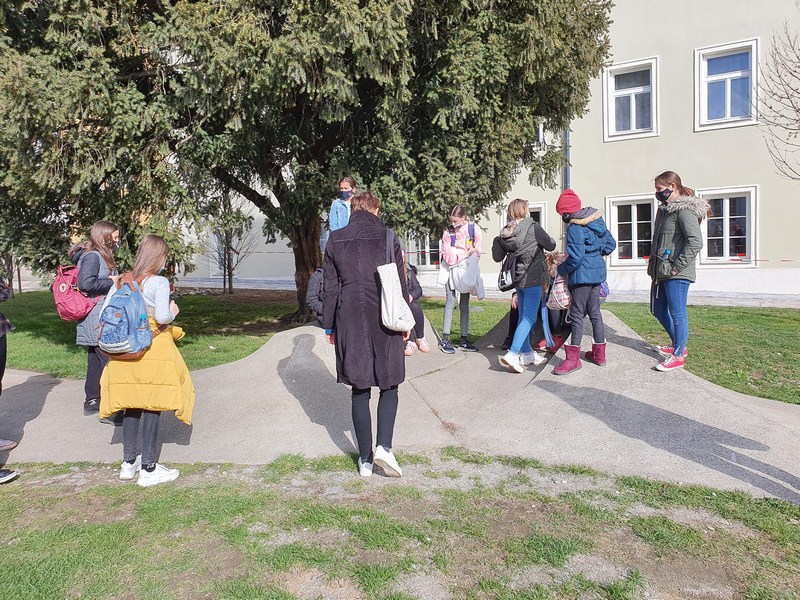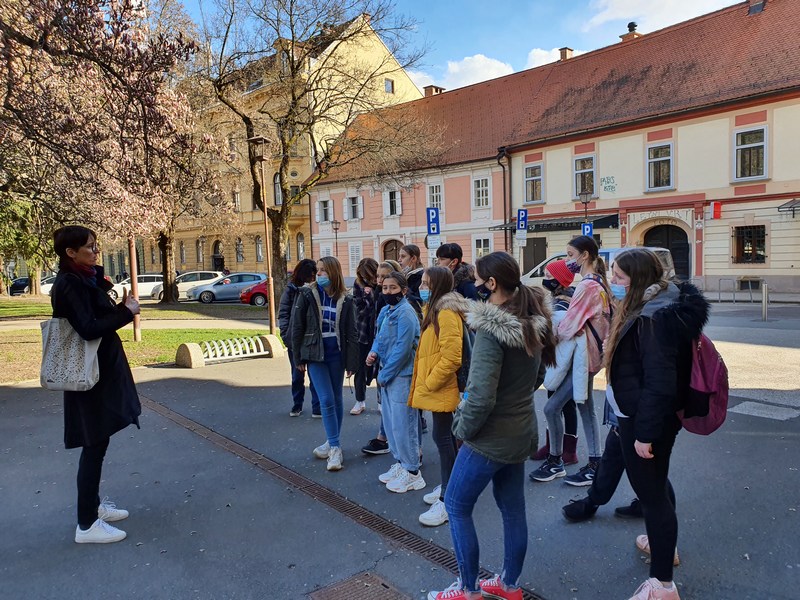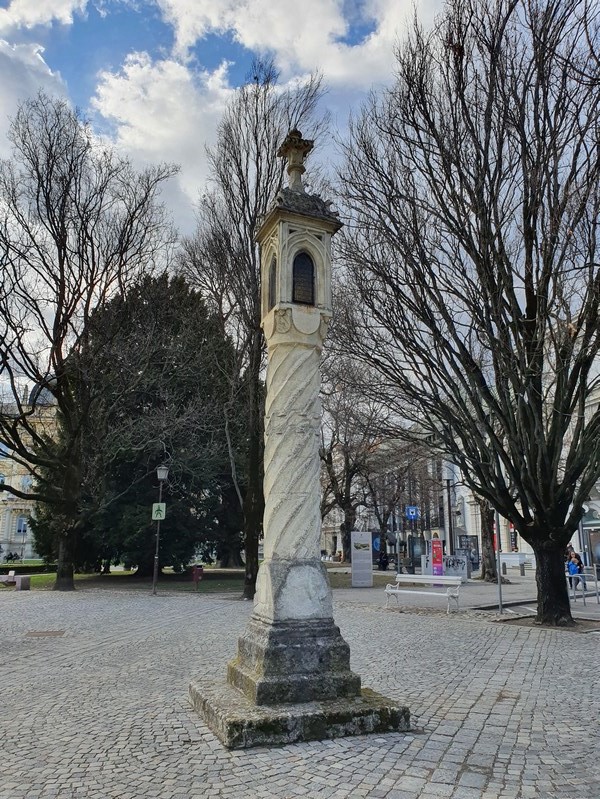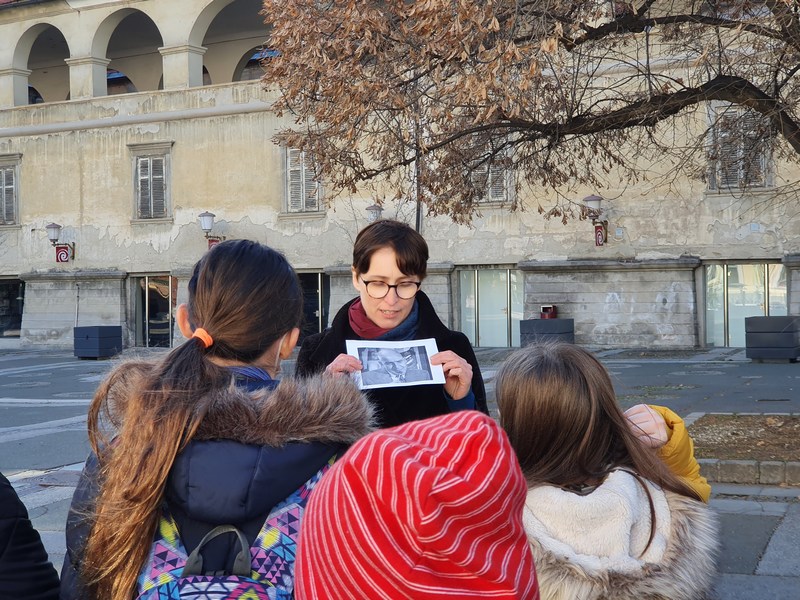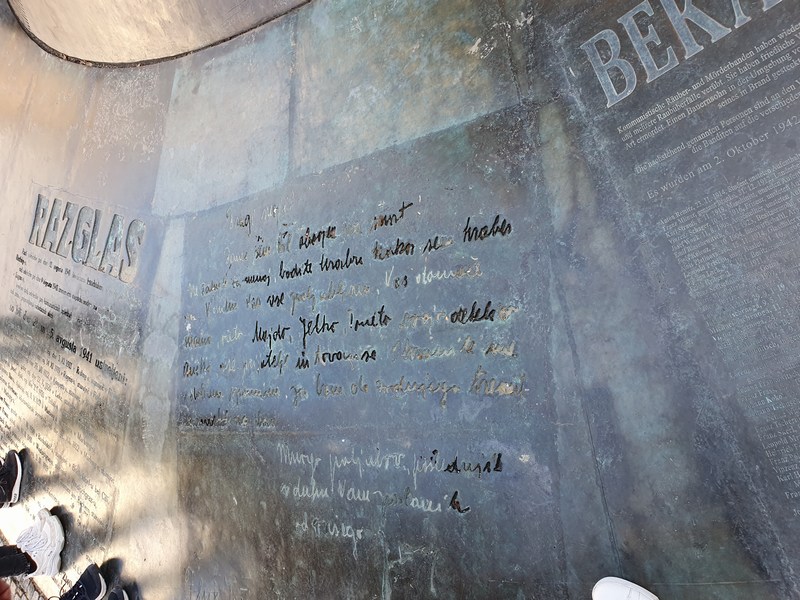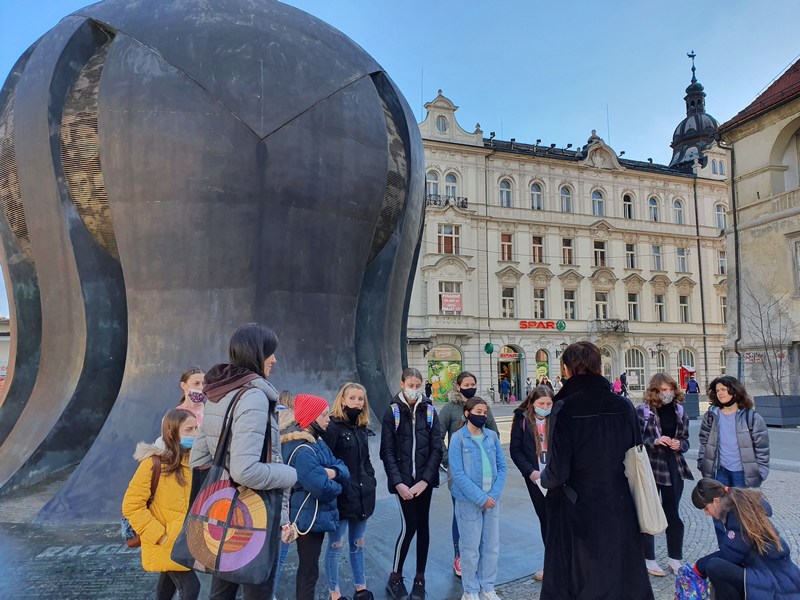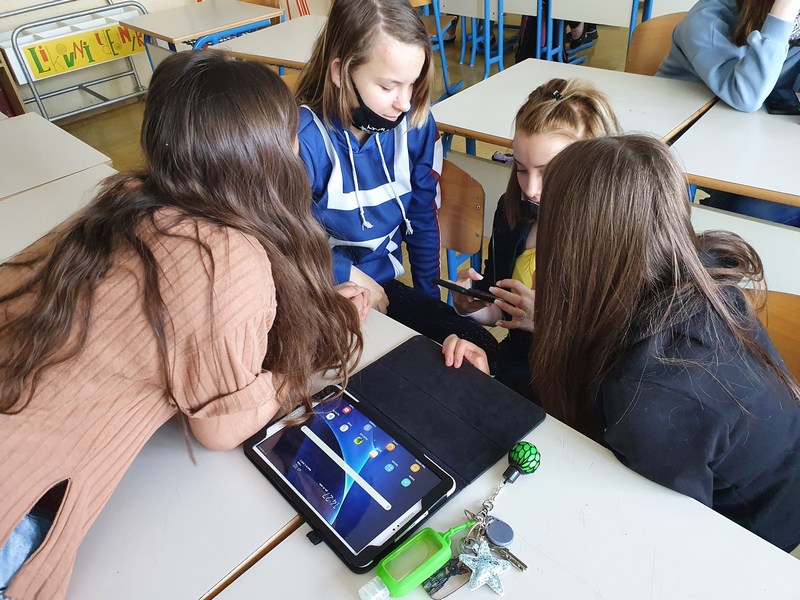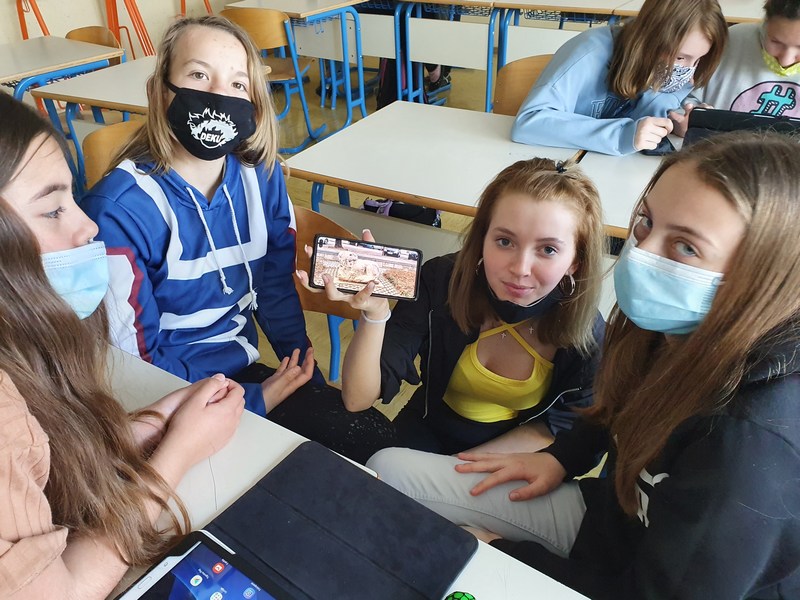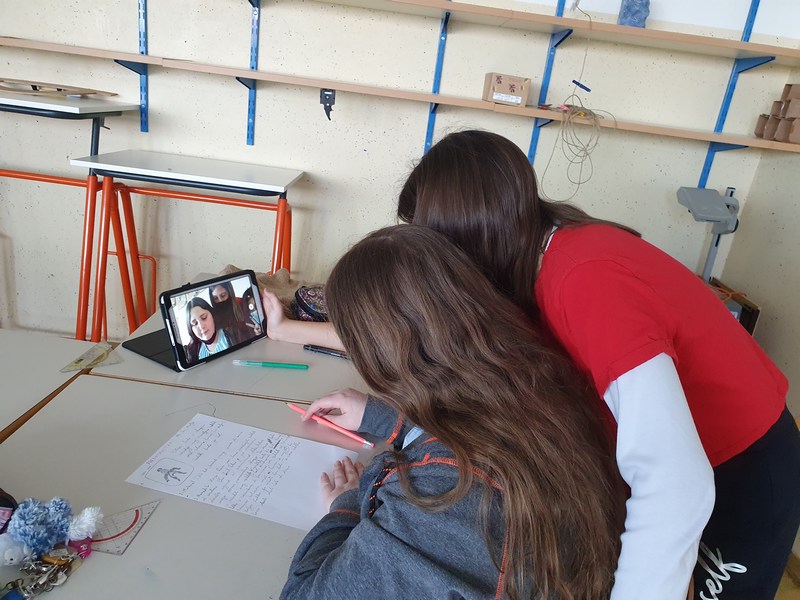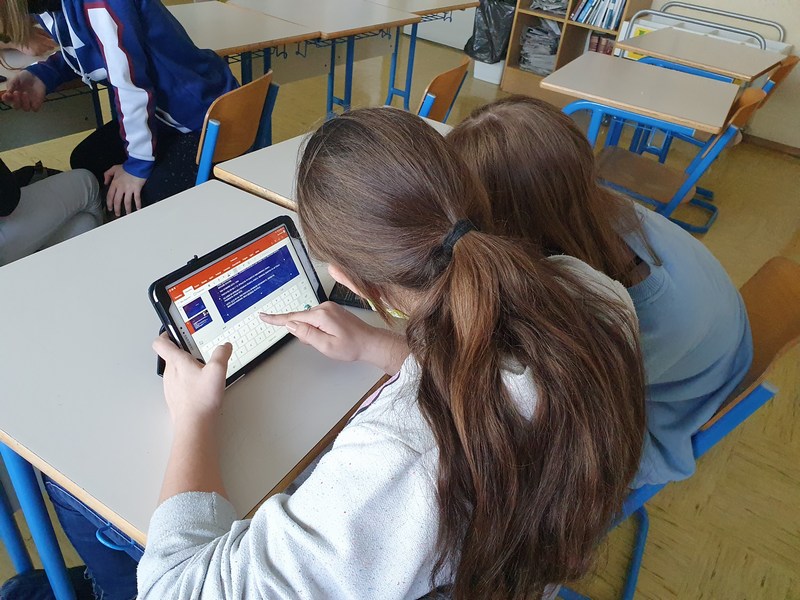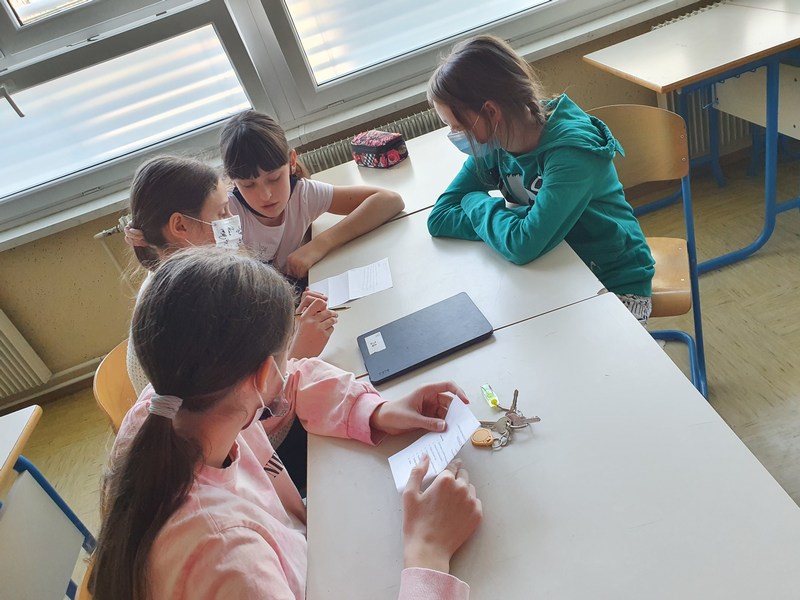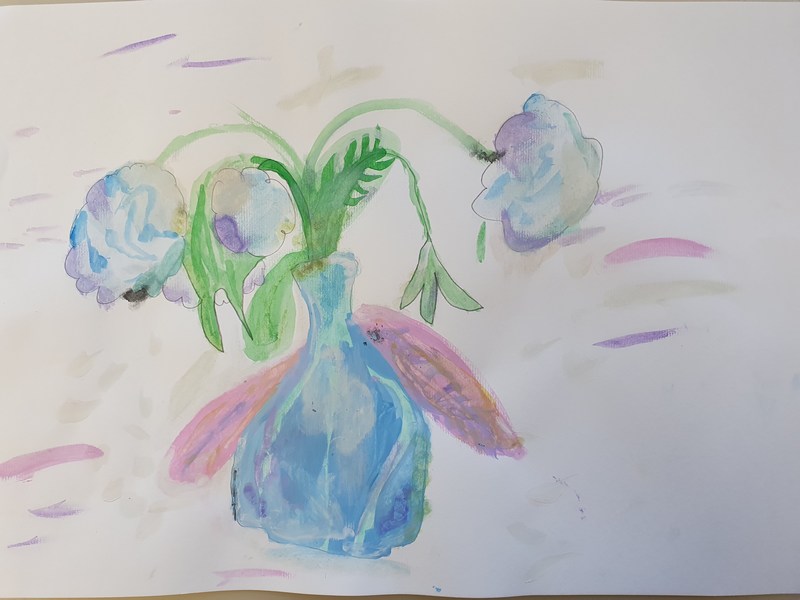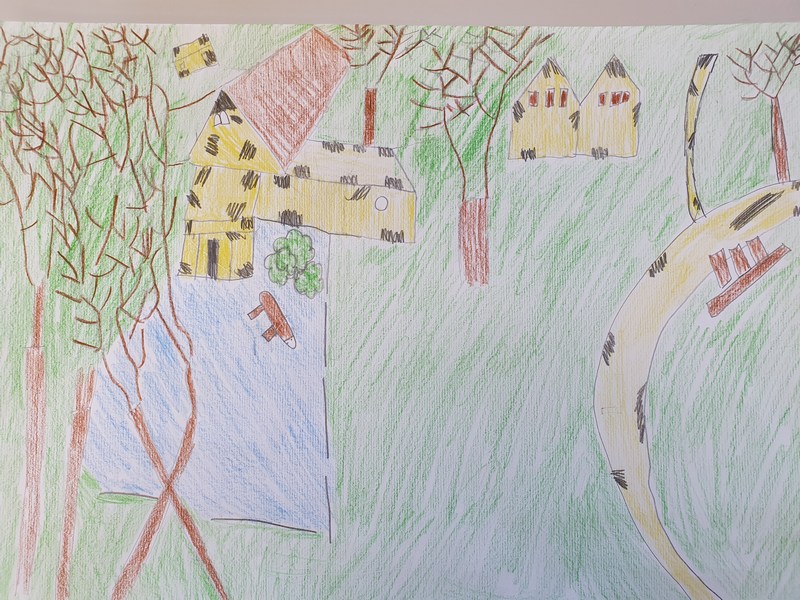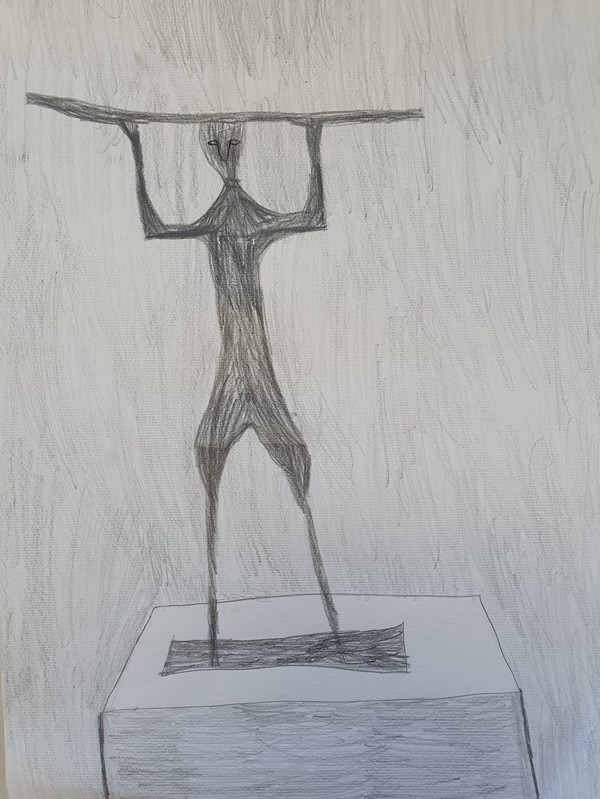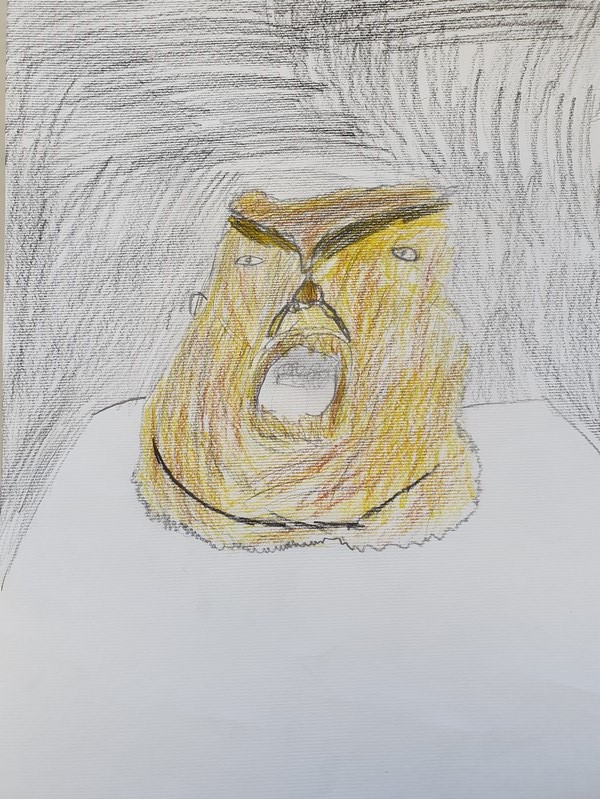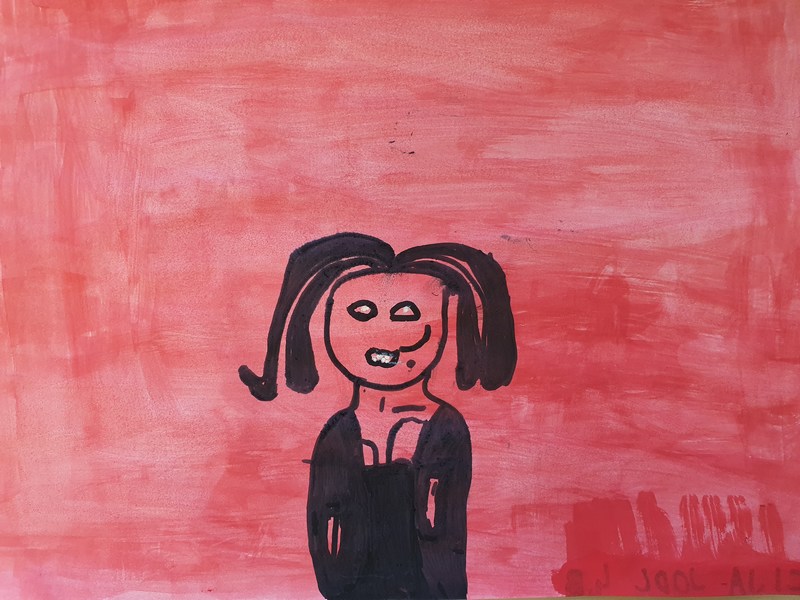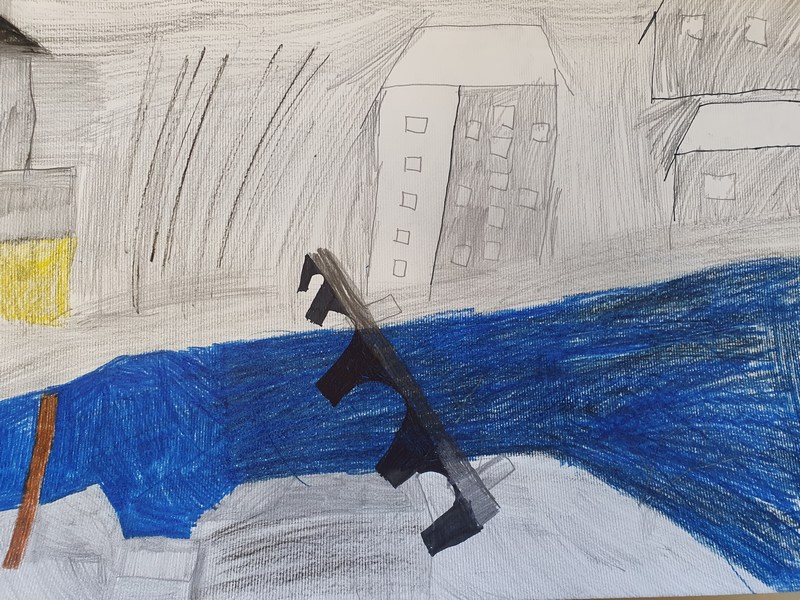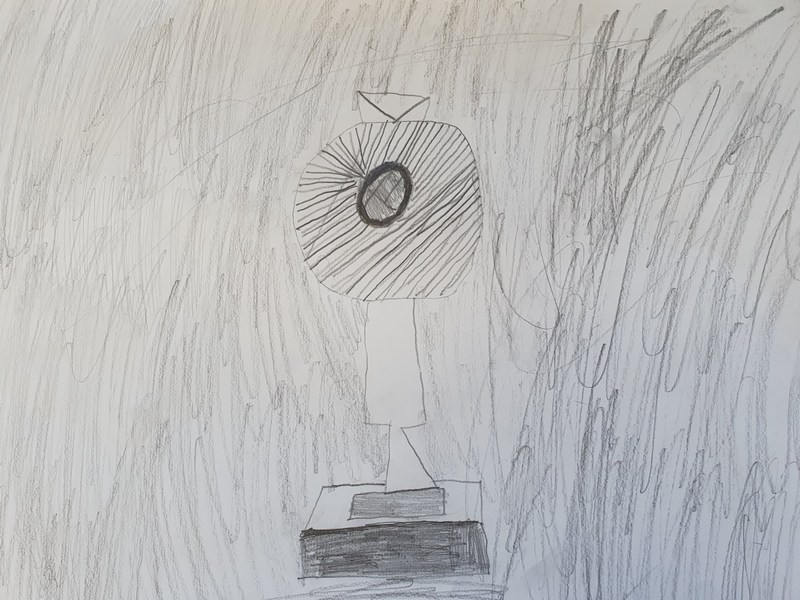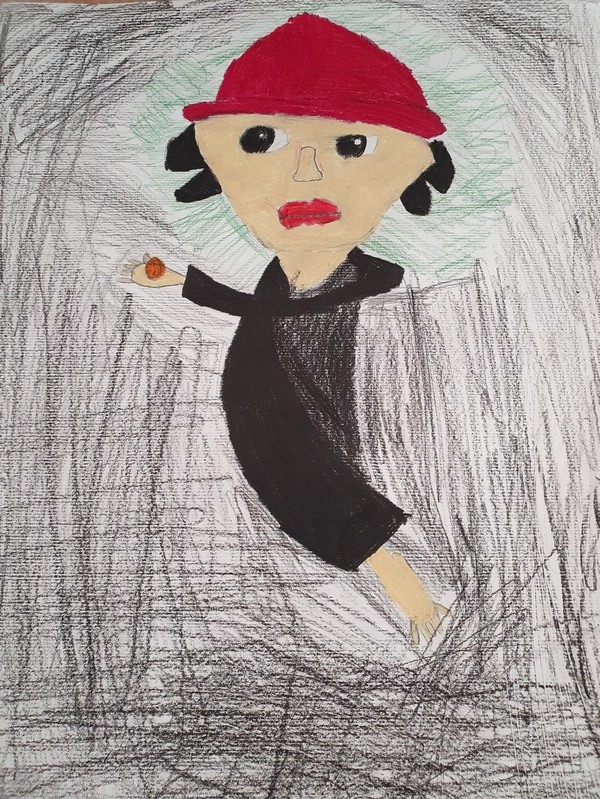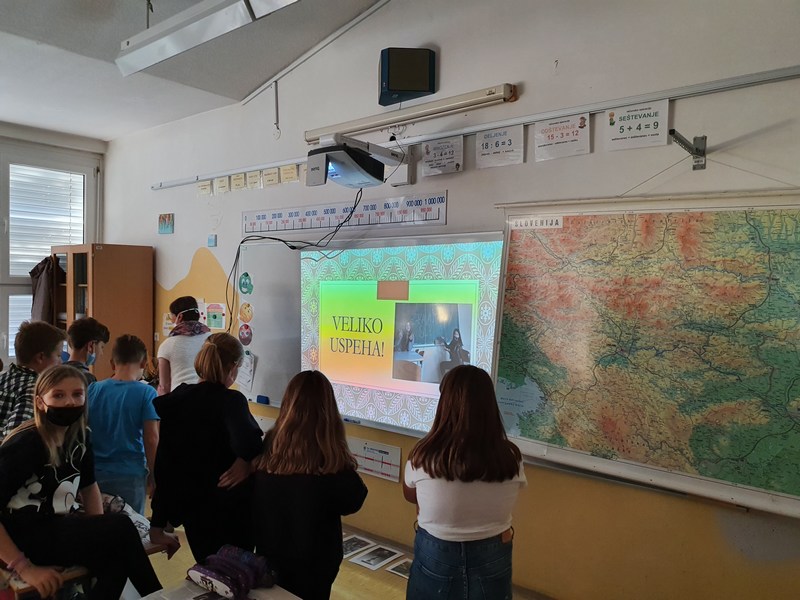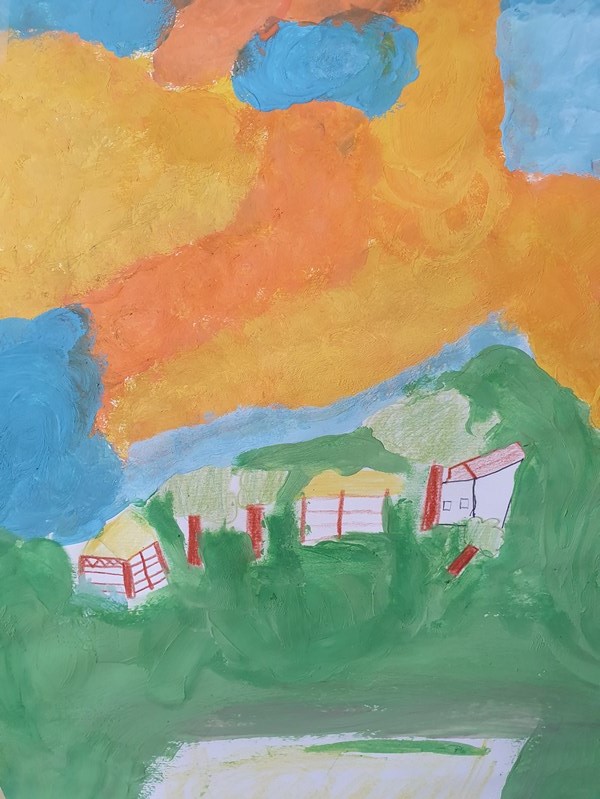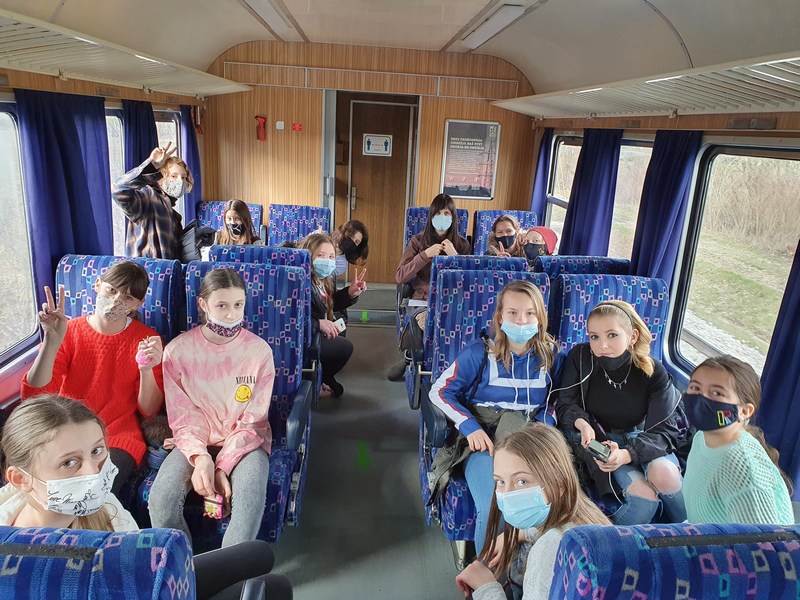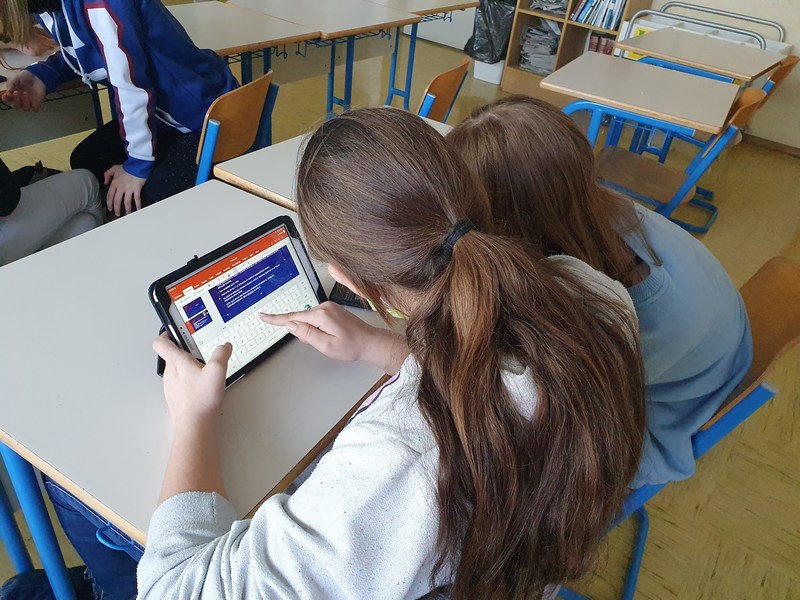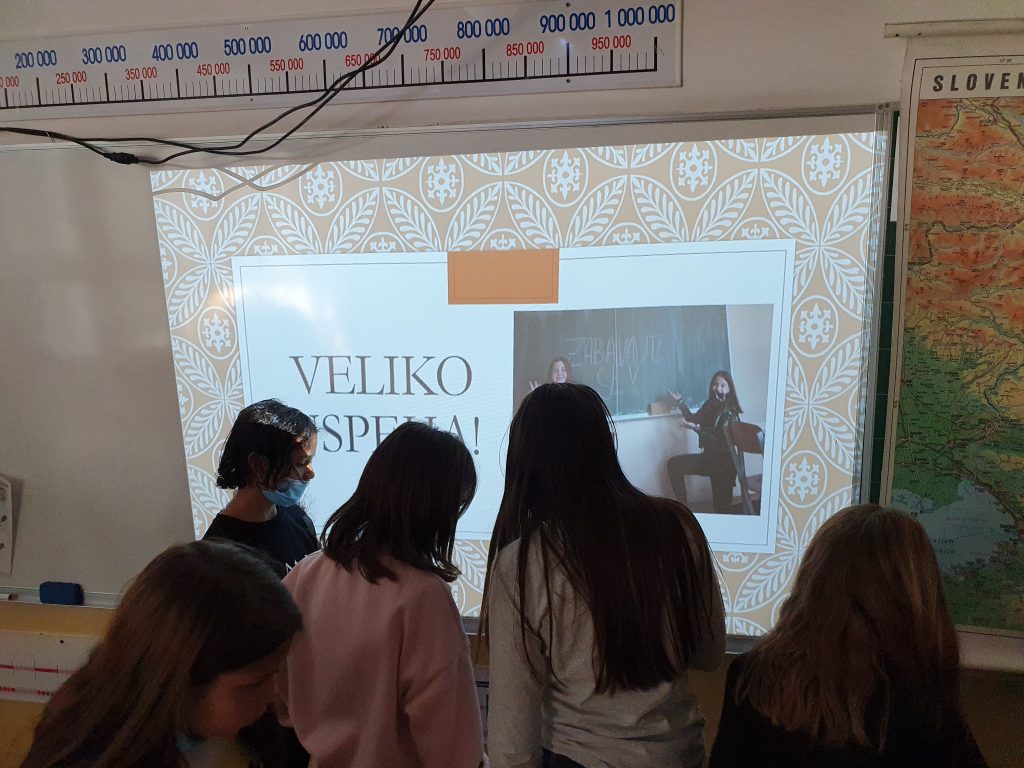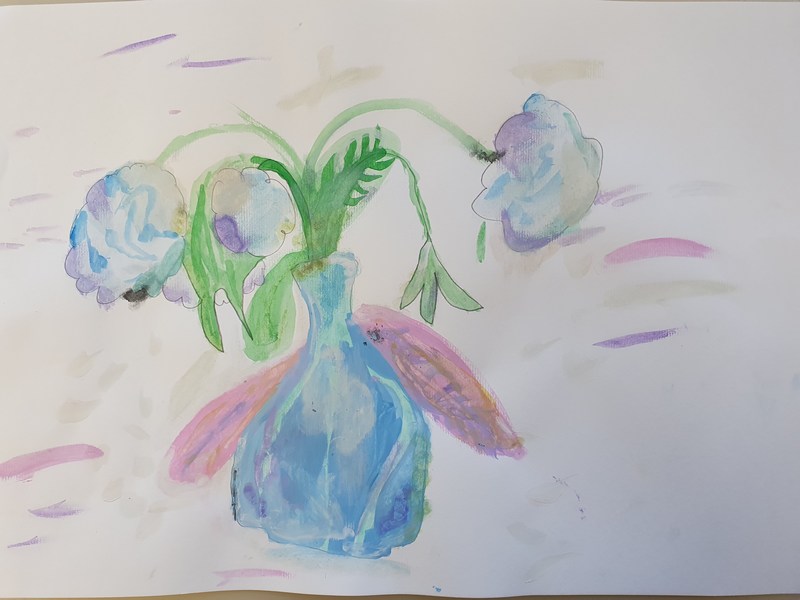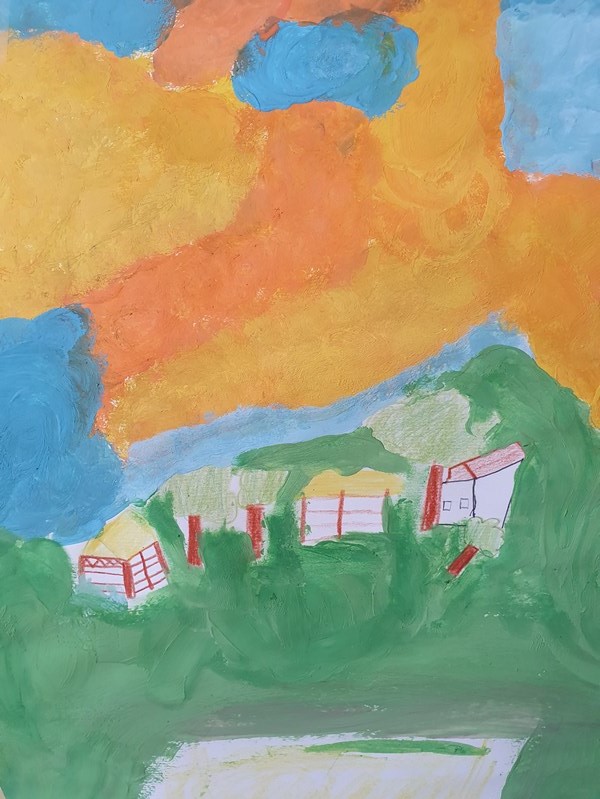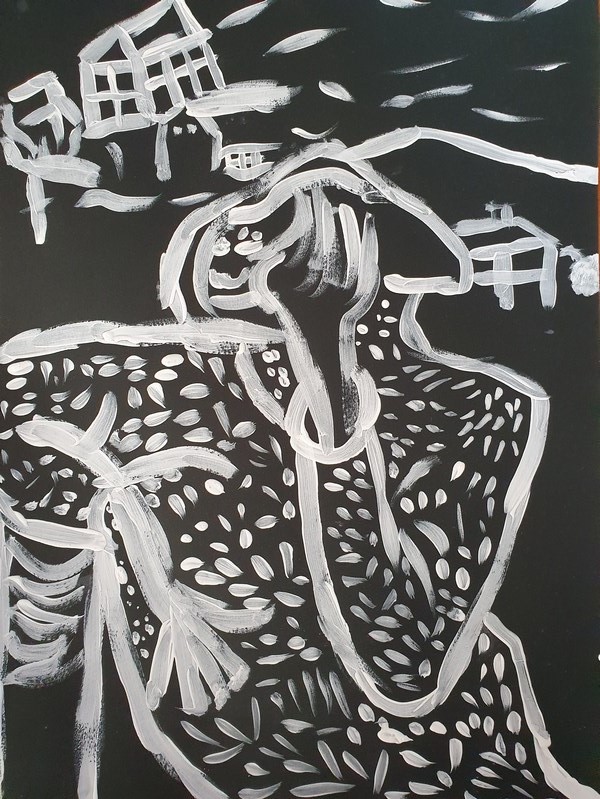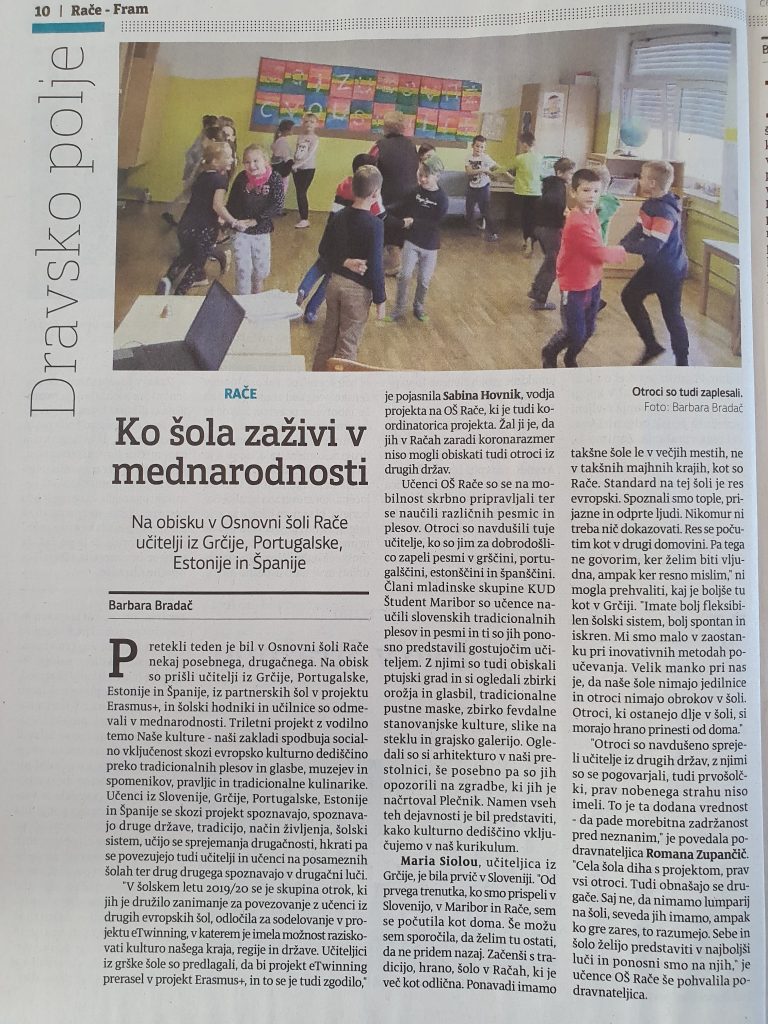Impressions from the mobility in Portugal have not yet subsided and we have already left for Estonia. This time we took a team of three aspiring students Nej, Sofia, and Klara to northeastern Europe, to a country near the Baltic Sea.
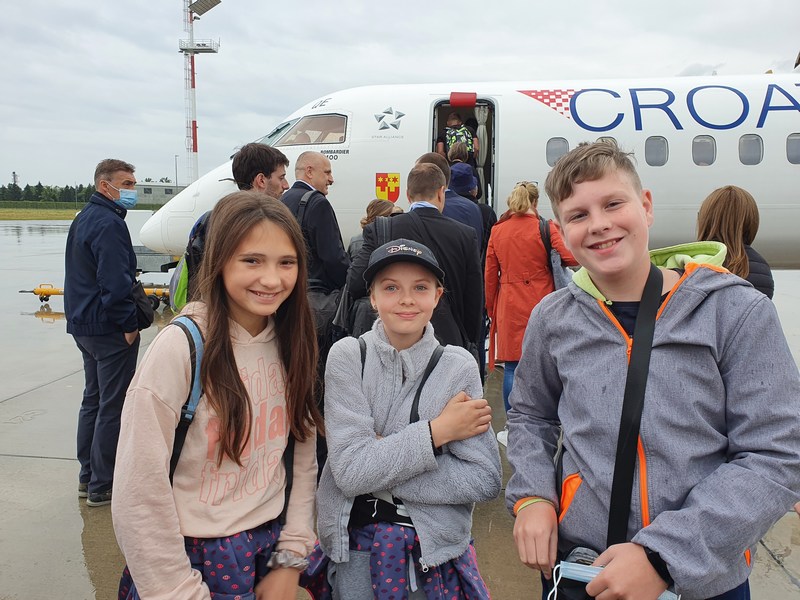
The hosting school Pärnu Kuninga Tänava Põhikool is located in the larger city of Pärnu in the north-western part of the country, about 130 km from the capital Tallinn.
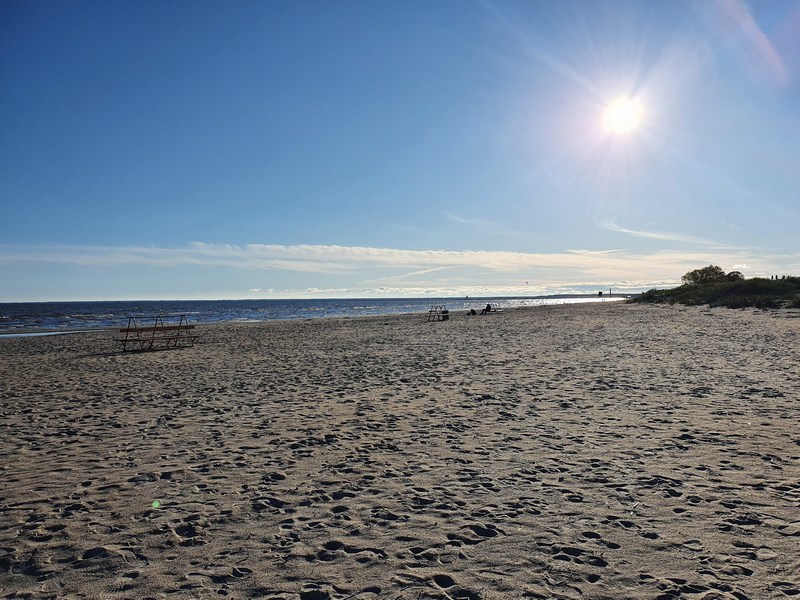
The mobility took place from 30 May to 3 June 2022 and was attended by other project’s partner schools: Greece, Portugal, and Spain. Due to the Corona and Ukrainian crises, Spain has participated in mobility virtually.
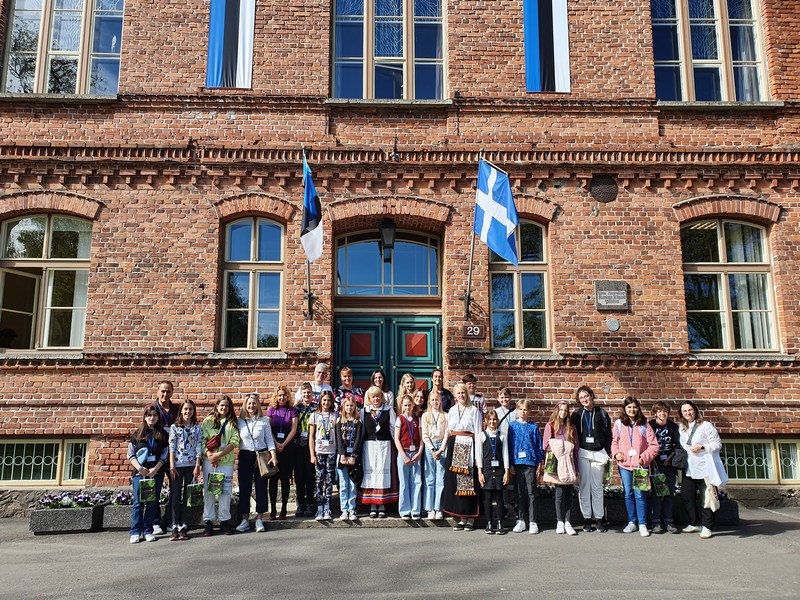
We were kindly received by the school principal Mrs. Urve Krause, the principal Liina Omblus and the coordinator of the Estonian Erasmus + project “Our cultures – our treasures” Liis Raal – Virks and other Estonian teachers, who participated in the project. Everyone made sure we felt comfortable throughout the mobility and everything went smoothly. Overall, the whole mobility was very well organized and our hosts proved to be extremely hospitable and warm people.
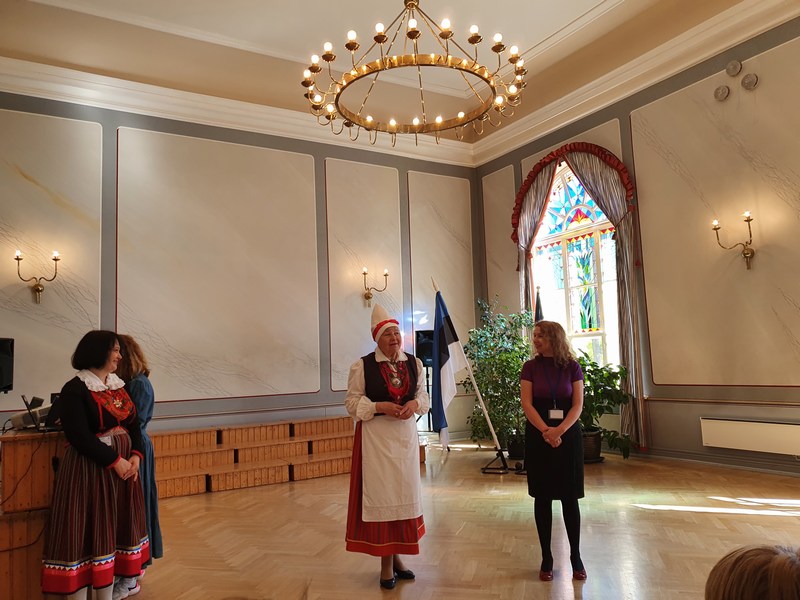
Despite its historical appearance, the school building itself gives the impression of modernity, comfort, and warmth. The students are calmly playful and smiling all the time. On the first day of our mobility, important exams for final grade students were held at the school, similar to our national knowledge tests.
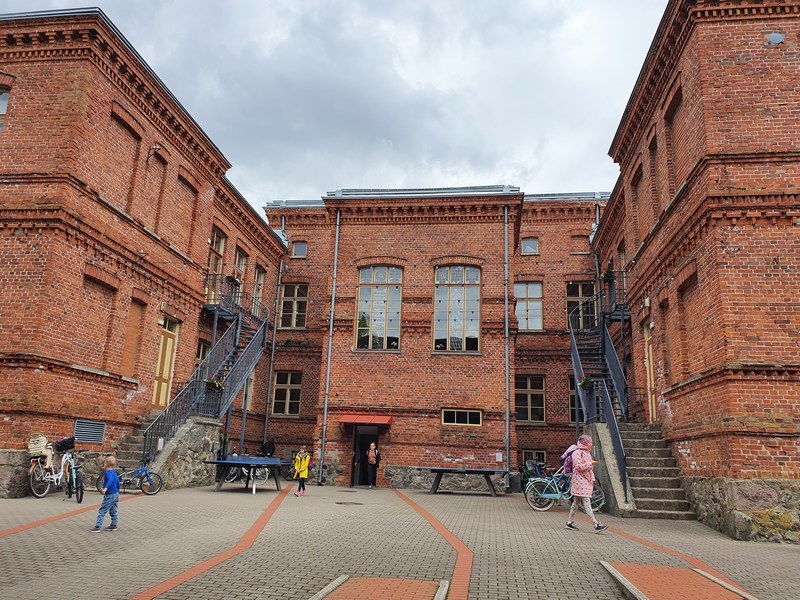
Nevertheless, they prepared a rich cultural program for us. 4th graders sang songs in our languages and all members of the Slovenian team were moved when we heard our song “Abraham ‘has seven sons”.
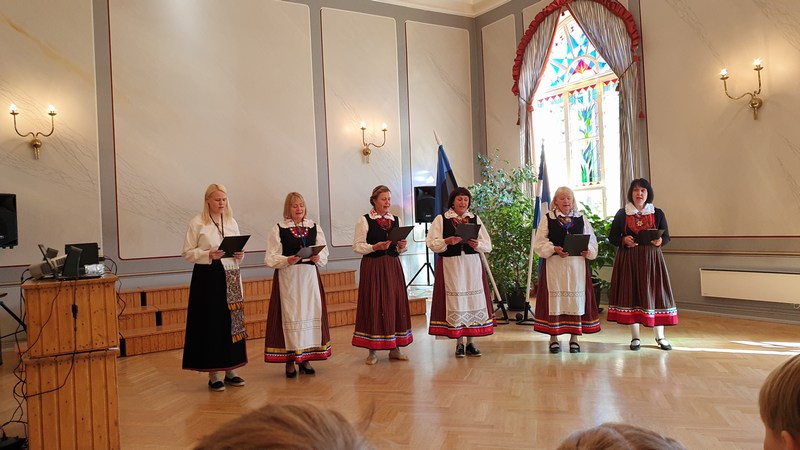
Immediately after the cultural program, the students had the opportunity to socialize with each other. Klara, Sofija, and Nej bravely stepped among the other children and quickly made contact.
Later we had the opportunity to learn some Estonian expressions greetings, presentations, numbers up to 5…) and dance their folk dance. Estonian teachers wore their national costumes. It is a custom that women wear those costumes at major events and holidays. The teachers also sang a beautiful Estonian song.
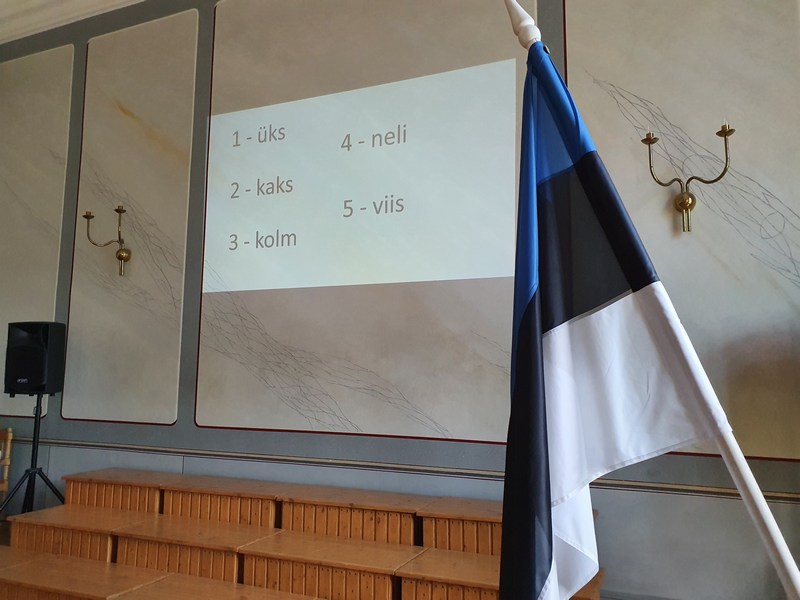
Throughout the week, the mobility participants had the opportunity to get to know local instruments and watch musical events and thus get acquainted with the music culture of Estonia. Nej bravely tackled the Estonian accordion, which is different from both the piano accordion and the fretboard. Following the introductory instructions in Estonian and English, Nej was able to play a simple song on the accordion, while the rest of the participants sang an Estonian song.
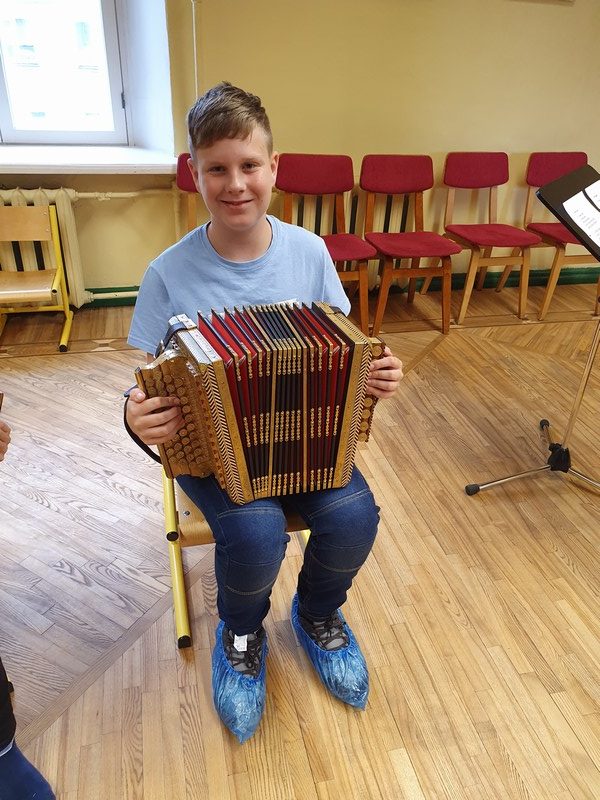
We also got to know the nature of this beautiful country. After visiting the Natural History Museum in Pernova, where we saw their various animals, we visited the national park of the Tolkuse god, where we had the opportunity to learn about plant biodiversity.
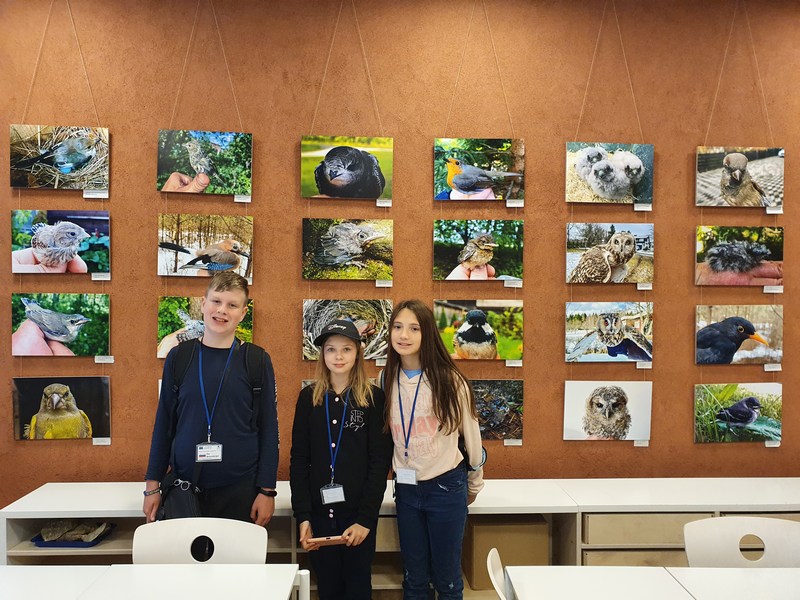
During the visit to the city of Tärtu, we visited the Estonian National Museum, where we were introduced to their history, as well as the characteristic architecture of this city.
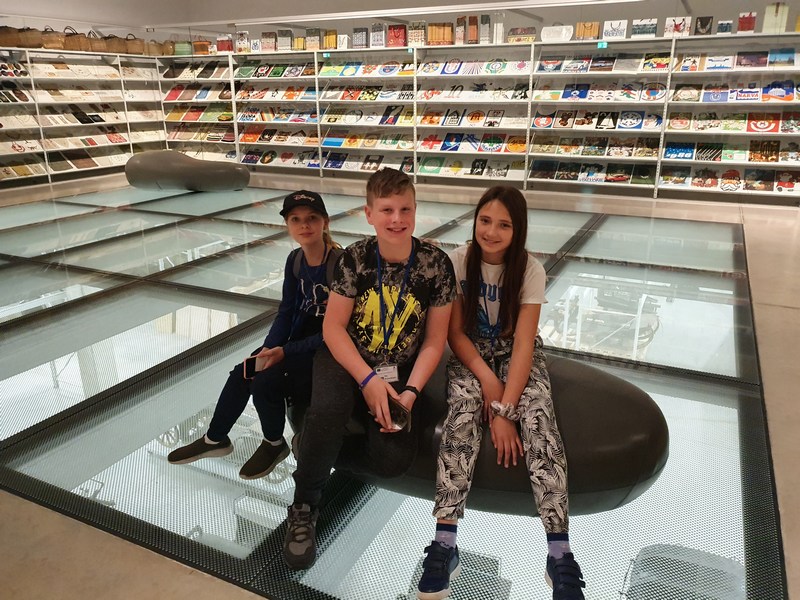
A visit to the capital Tallinn followed on Friday. We went to the puppet museum, where we were able to try out some of them. Of particular interest was the tallest puppet, 7 meters high, which was used in the game Gulliver’s Travels. We watched snippets of puppet shows that have delighted children in the past.
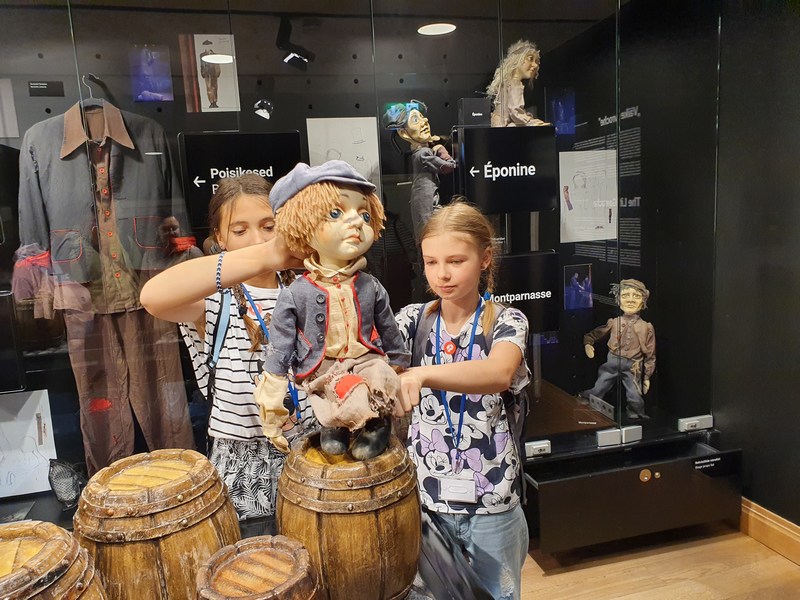
The curator of the museum highly praised our Ljubljana Puppet Museum, which can be seen at Ljubljana Castle, and to be honest, we were very happy about it. Partner schools were able to visit this museum during their mobility to Slovenia.
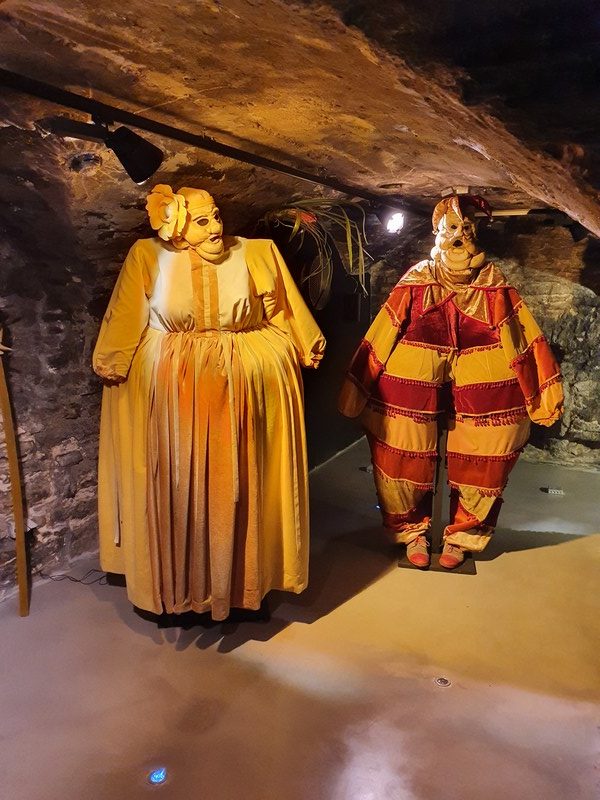
Tallinn is an extremely beautiful medieval city with well-preserved walls with as many as seven towers. In general, it has beautiful and interesting architecture and we would recommend everyone to visit it if they have the opportunity.

Unfortunately, the time has passed too quickly, as always, when one is having fun. The children said goodbye to each other in the evening, some with tears in their eyes. Beautiful friendships have been forged and will continue through a variety of social networks.
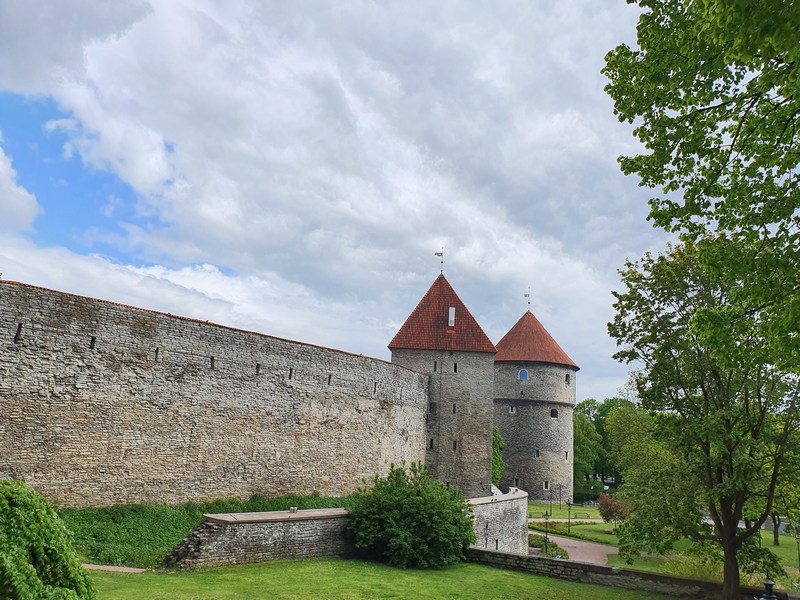
We returned home with the awareness that Estonia is a beautiful country and its people are friendly and warm. We were surprised by the fact that quite a few Estonians have already visited Slovenia and had fond memories of it.
Our three students were also aware of this, singing the Slovenian song “Slovenia, where did your beauty come from” several times during their mobility, which they learned in class a few days before coming to Estonia.


